Best lenses for wildlife photography 2025 — crisp, detailed wildlife shots
From distant predators on safari to shy songbirds in your local nature reserve, these are the best wildlife lenses to look for during Black Friday week.
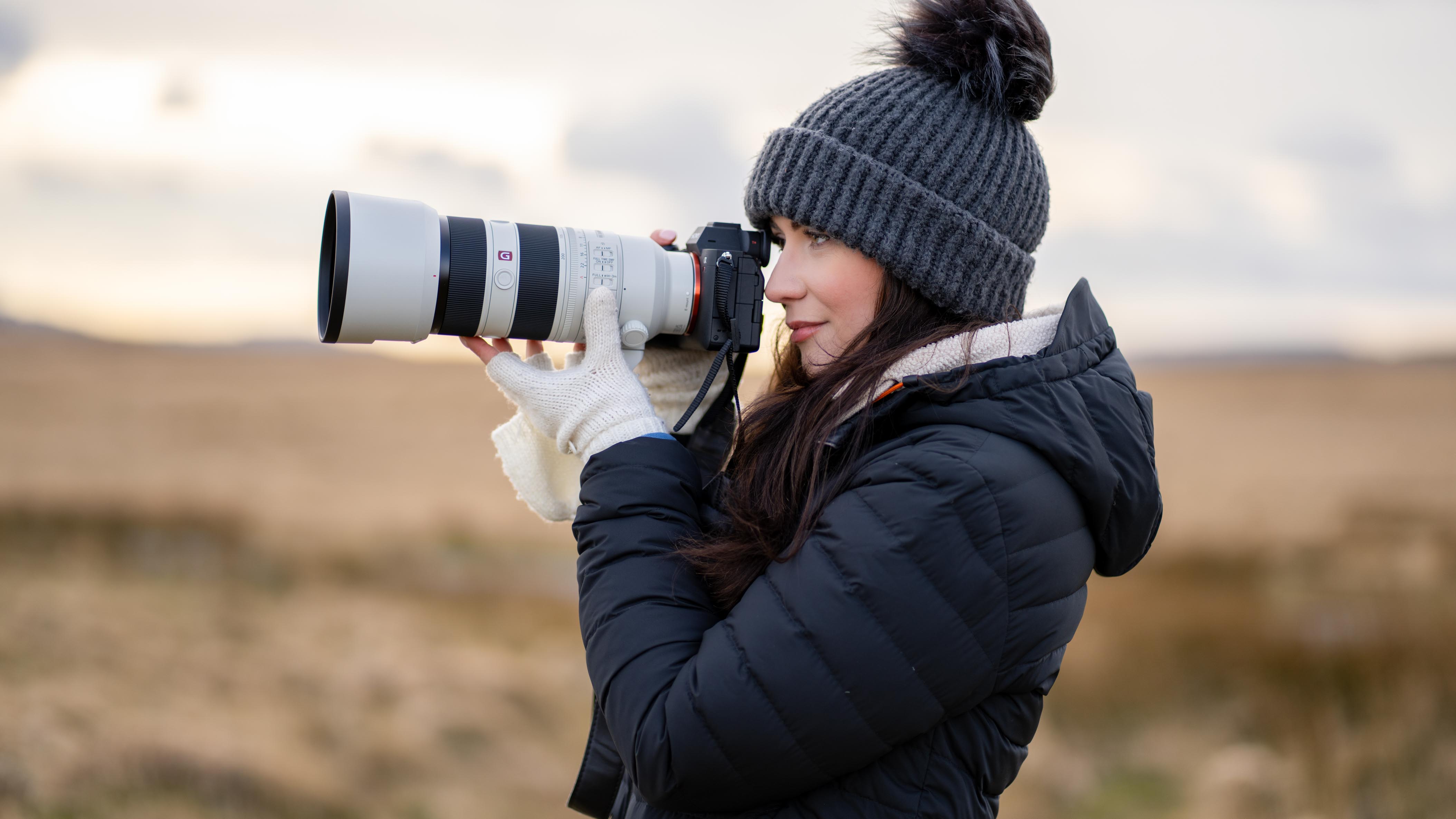
If you've been thinking about investing in your next lens, Black Friday week is the perfect opportunity to save some money.
If you've ever spotted a professional wildlife photographer at work, you'll probably have seen them wearing camouflaged clothing and sporting an outrageously long lens that looks more like a telescope.
Unlike the best macro lenses, which are used to photograph insects and objects incredibly close-up, the best wildlife lenses need to have a long reach to photograph wildlife from a distance. And while the best astrophotography lenses are typically prime lenses, you'll need a zoom lens to photograph birds and animals as they move.
Paired with one of the best cameras for wildlife photography, these lenses can capture exceptional detail and clarity thanks to their reliable autofocus and image quality. We've listed an option for each of the main camera brands that combines image quality, a good focal length and a reasonable price, plus some affordable third-party options and some that work well at dawn and dusk.
The quick list
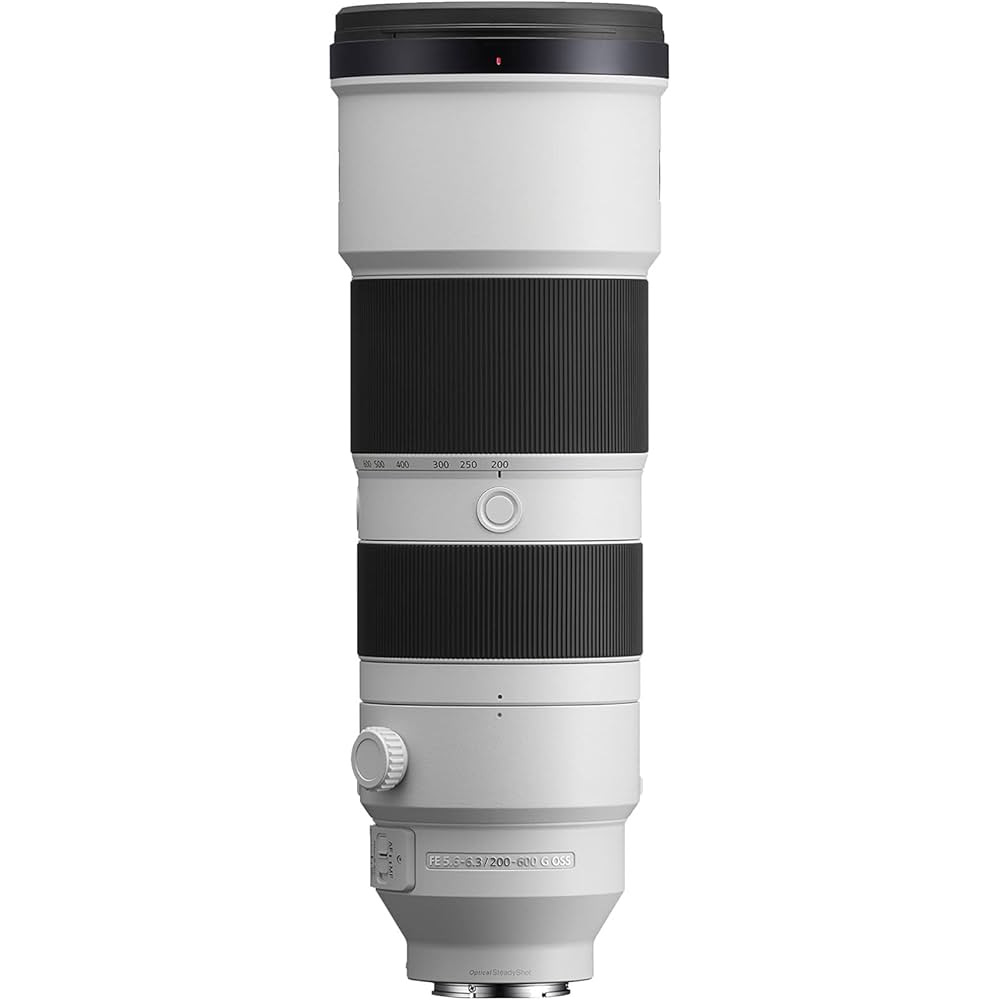
Best Sony
A sharp, fast and reliable lens for Sony shooters who want to capture animals near and far.
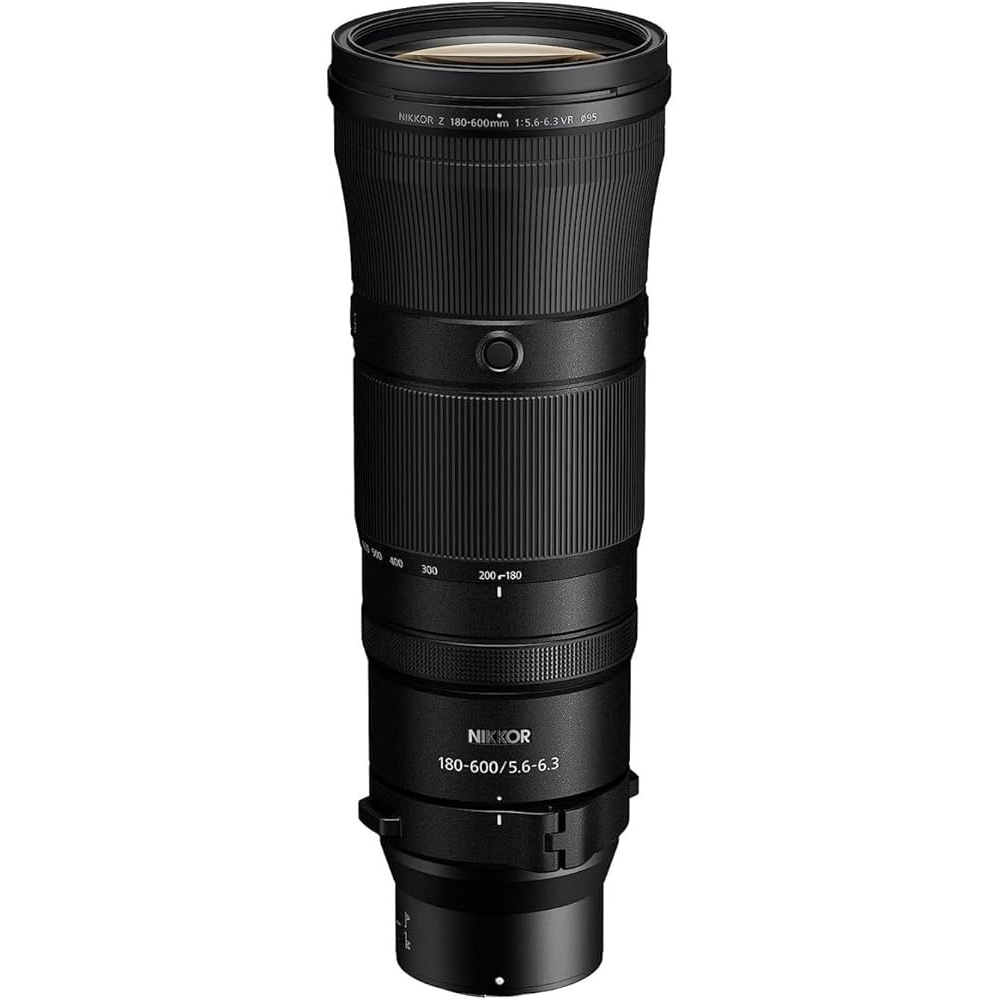
Best Nikon
Nikon's best solution for wildlife photography, with super-wide focal range and exceptional optics.
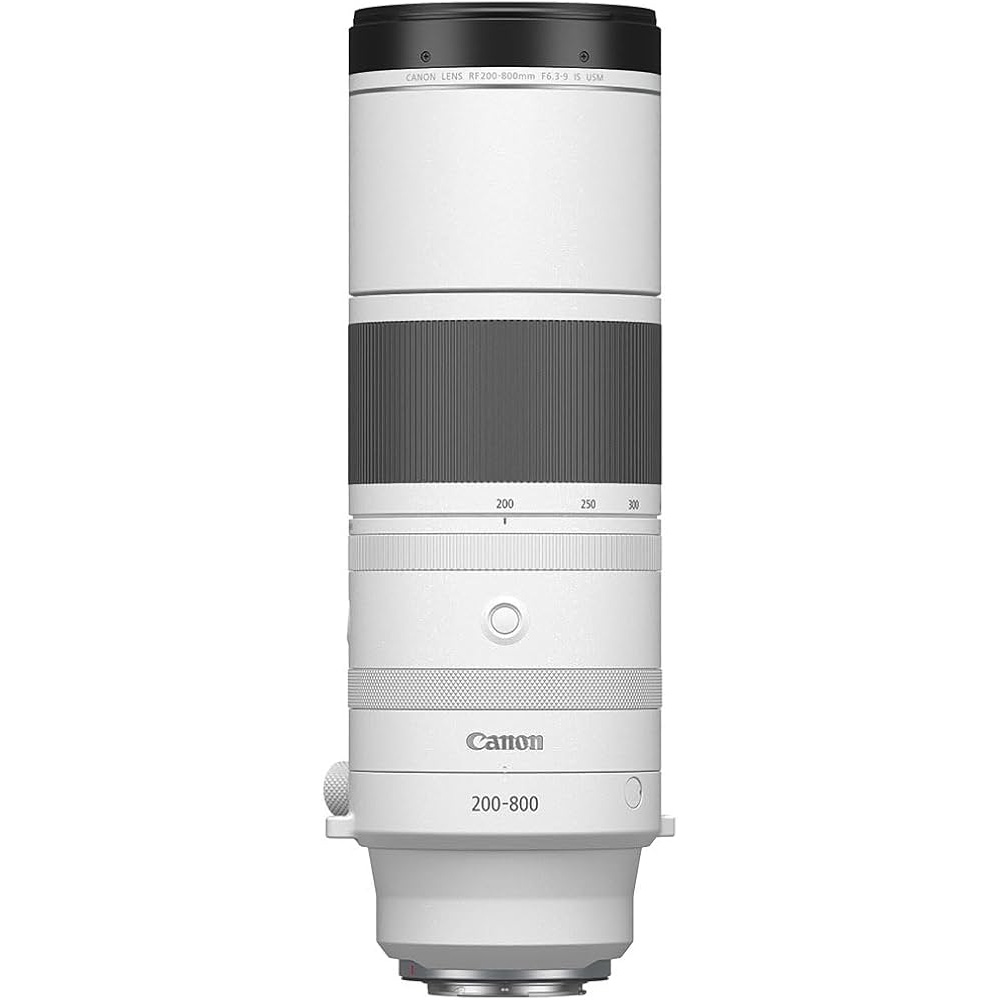
Best Canon
An incredible super-telephoto lens with up to 800mm reach, but it could struggle in low light.
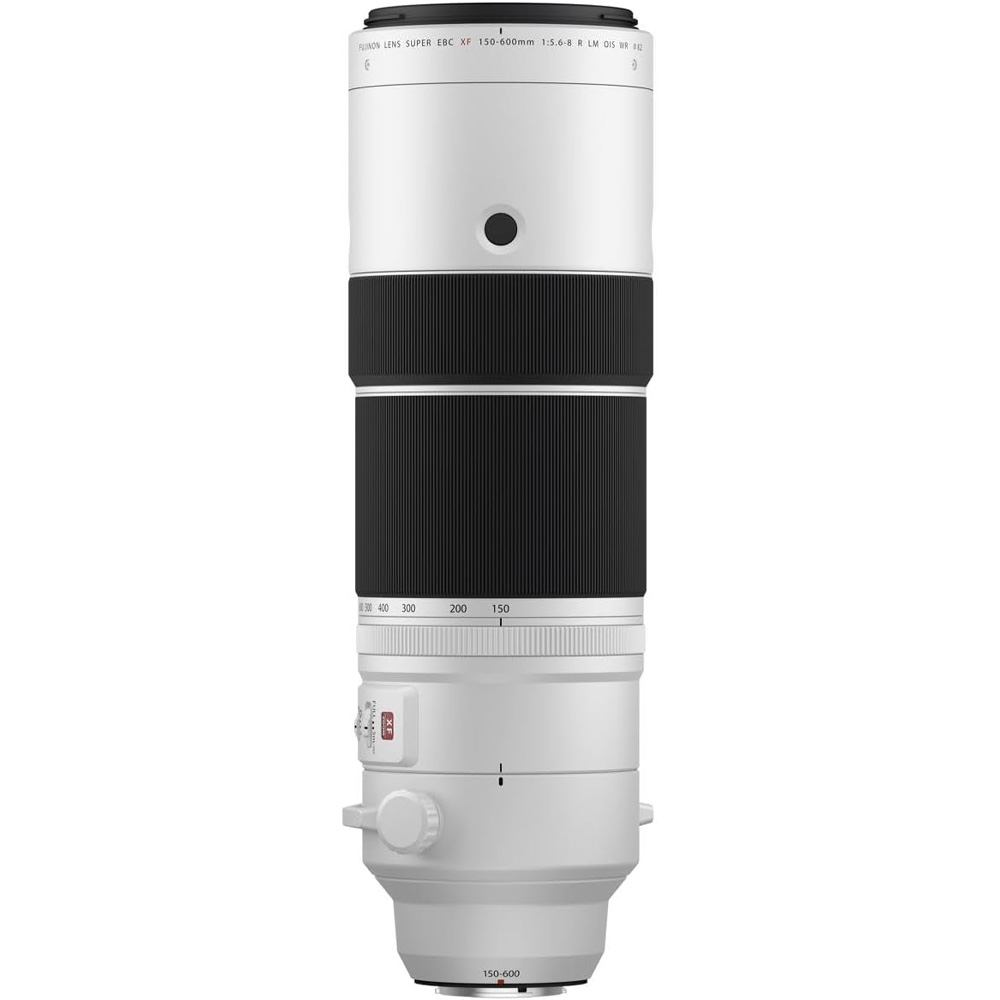
Best Fujifilm
A sharp, versatile and surprisingly lightweight APS-C lens for Fuji wildlife photographers.
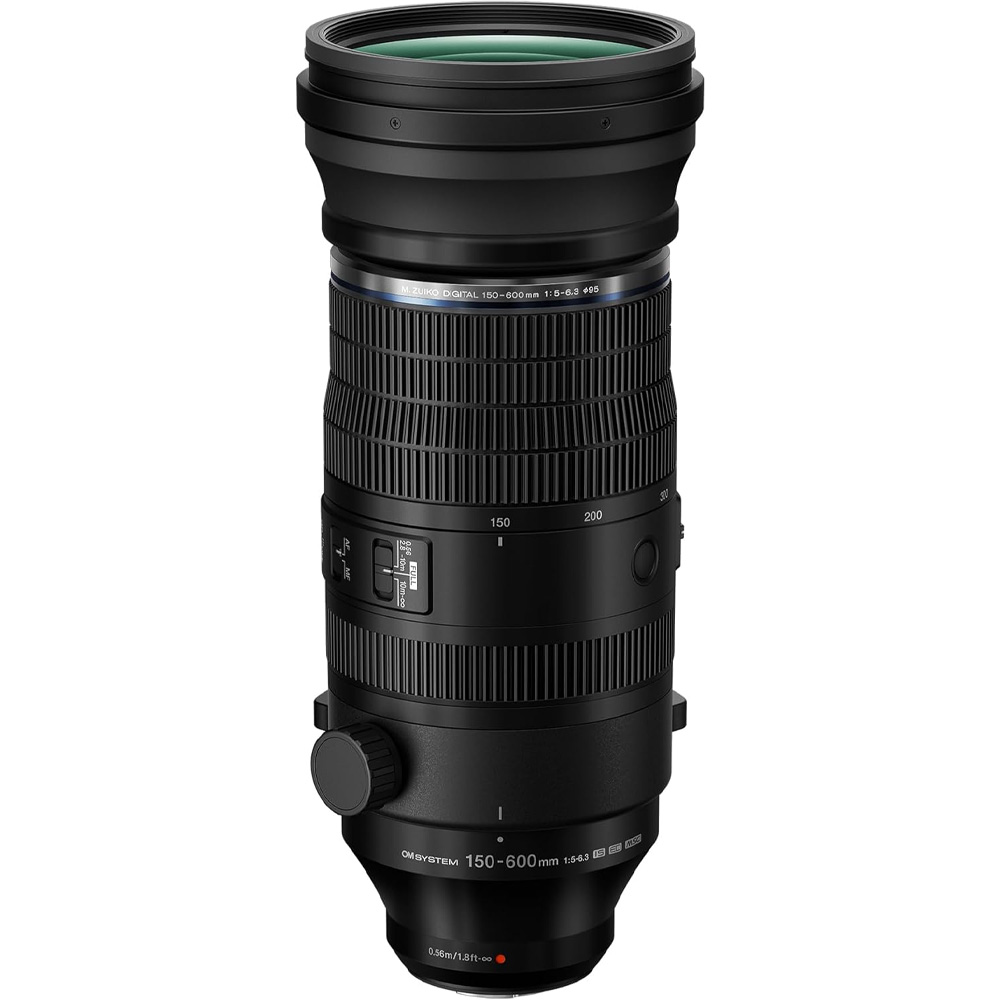
Best Micro Four Thirds
Although there's are more expensive models that can see better in low-light, this lens has excellent reach and ED elements for improved image quality.
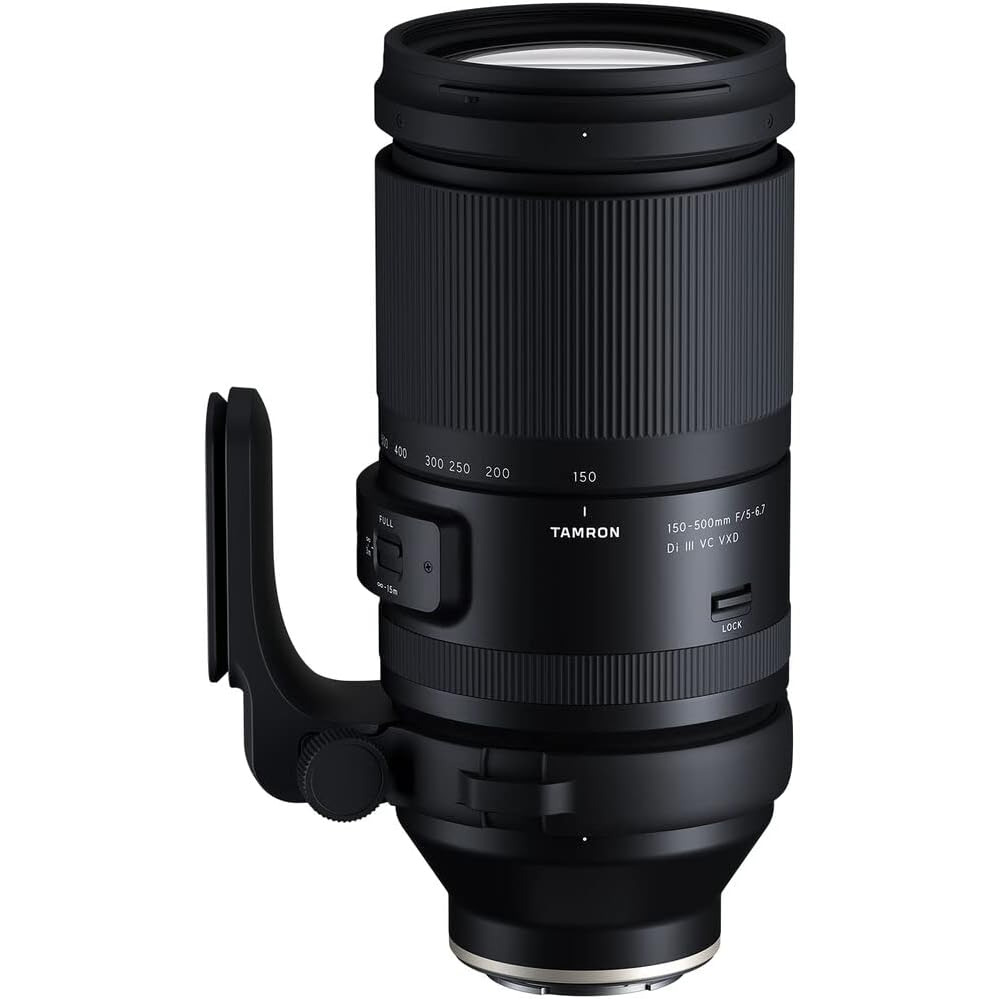
Best third party
An affordable and lightweight alternative to the native wildlife lenses if you're happy to sacrifice a bit of focal length.
The best lenses for wildlife photography we recommend in 2025
Why you can trust Live Science
Best Sony
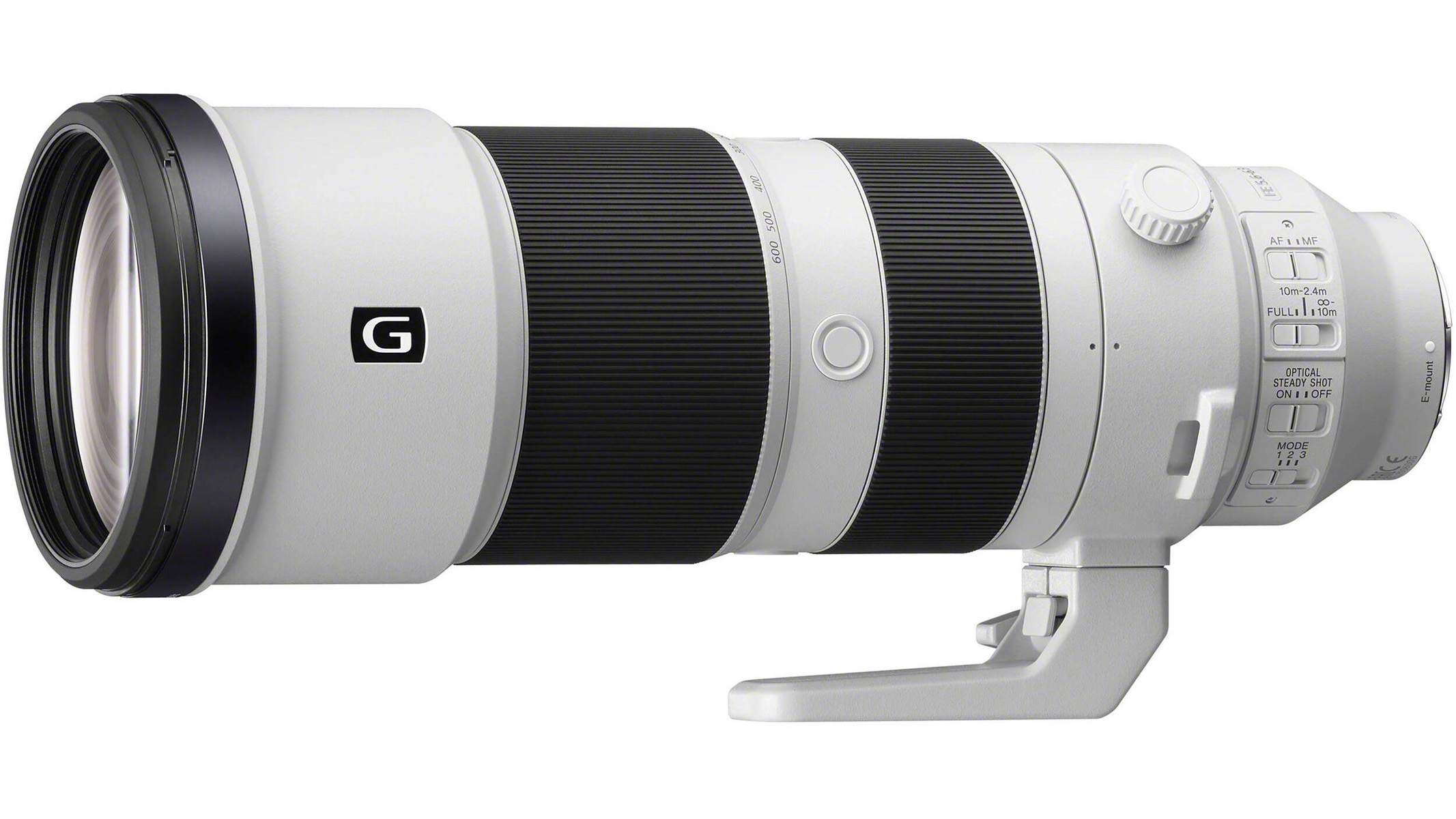
Sony FE 200-600mm f/5.6-6.3 G OSS
Our expert review:
Specifications
Reasons to buy
Reasons to avoid
✅ You want a long focal length: With a native focal length of up to 600mm, it's fantastic for photographing distant animals.
✅ You shoot in good light: If you're capting moving subjects, the lens works better in good lighting.
❌ You want a lightweight lens: This lens is big and heavy — if you're happy to sacrifice some focal length, the Sony FE 100-400mm is much lighter.
❌ You aren't a dedicated wildlife shooter: Super-telephoto lenses are best suited for wildlife, sports and fast-action photography, and best reserved for those specific purposes.
🔎 Sony FE 200-600mm f/5.6-6.3 G OSS: A beautifully sharp lens for photographing distant animals thanks to its wide focal range. It's quite heavy, but if you don't mind the weight, it'll serve you incredibly well. ★★★★½
For wildlife photographers who are looking for an all-around mix of good focal range, great image quality and affordability, the Sony FE 200-600 mm F/5.6-6.3 G OSS is perhaps the best fit if you value the extra reach this lens has.
For true wildlife photography, we think a good balance of reach and aperture is important, hence the 200-600mm being our pick. It's sharp, bright and produces stunning images with fast and effective autofocus, although could struggle in low-light due to the f/5.6 aperture.
One of the biggest drawbacks to this lens is its size and weight. Weighing in at a massive 74.7 oz (2,115g) and measuring over a foot (30 cm) long, it's an absolute monster that could put users off using it for long periods of handheld wildlife photography.
There are a couple of worthy alternatives, the first of which is the Sony FE 100-400 f/5.6-6.3 GM OSS. The advantage here is that this lens is a G Master, and therefore will have slightly improved image quality (and it's MUCH more lightweight). However, it doesn't have as much reach as the the 200-600mm has, which is particularly useful if you are photographing animals that are further away. We'd also recommend the Sony FE 400-800mm f/6.3-8 G OSS — this lens isn't as good in the aperture department, but it has a longer focal length for distant animals.
If, however, you want to photograph animals in low light, it's worth considering the Sony FE 70-200mm f/2.8 GM OSS II. This has a much shorter focal length, so it will be better for animals you can get closer to; however, it has a constant aperture of f/2.8, which means it will be much better when photographing animals in low light at dawn or dusk.
Plus, this lens can double as a versatile telephoto for landscapes and portrait photography if you don't focus solely on wildlife.
Attributes | Notes |
|---|---|
Design | Very big and heavy. |
Performance | Produces sharp and bright images. |
Functionality | Fast and reliable autofocus. |
Best Nikon
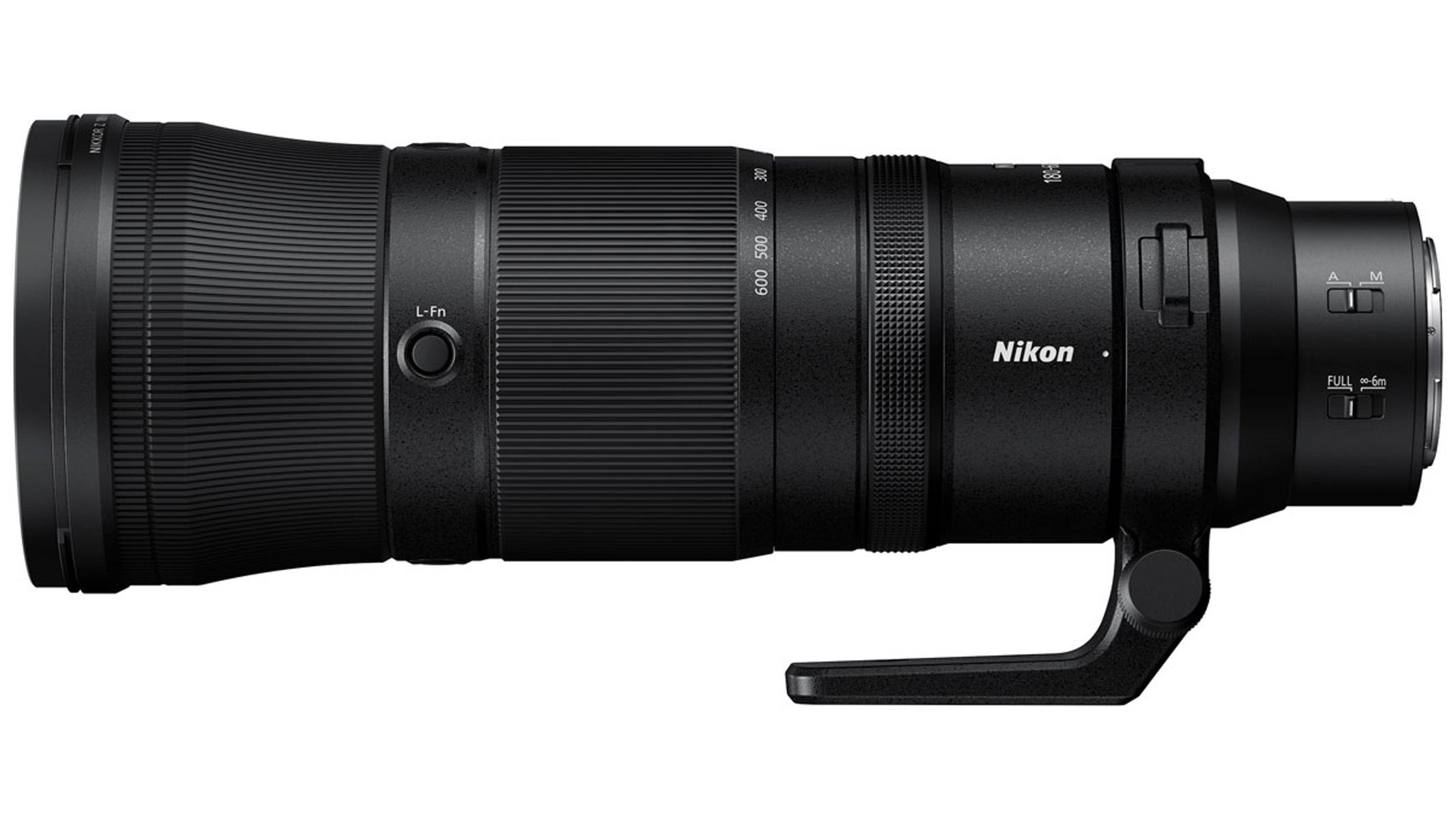
Nikon Z 180-600mm f/5.6-6.3 VR
Our expert review:
Specifications
Reasons to buy
Reasons to avoid
✅ You need extra reach: 180-600mm is a fantastically wide focal range.
✅ You shoot during the day: For fast shutter speeds, it excels during the daytime.
❌ You don't need over 400mm: The Nikon Z 100-400mm f/4.5-5.6 VR S would be more appropriate here.
❌ You want to shoot at night: The f/5.6-6.3 aperture could struggle with maintaining a fast shutter speed in lower light levels.
🔎 Nikon Z 180-600mm f/5.6-6.3 VR: A fantastically sharp lens with a customizable control ring and image stabilization for extra stability at longer focal lengths. ★★★★½
Nikon shooters looking for a versatile wildlife lens should absolutely consider the Nikon NIKKOR Z 180-600mm f/5.6-6.3 VR lens. Like the Sony model above, there's also a Nikon 100-400mm wildlife lens with a slightly wider aperture range, but for photographing distant wildlife, having extra reach will be very valuable. If you're more on a pro level and can afford to spend more on your lens, the NIKKOR Z 800mm f/6.3 VR S is the weapon of choice for many pro Nikon users, including award-winning photographer Kristi Odom.
As expected with a lens of this size, it's not particularly small or lightweight compared to most, but that comes with the territory of its focal range. That said, it does still have comfortable handling for its size and weight, especially compared to other lenses in its class, and it's the most lightweight of the three full-frame picks in this guide. Plus, the internal zoom eliminates any extension when changing the focal length, which further improves the handling and helps with weather sealing.
When we spoke to Nikon Ambassador Kristi Odom about her setup, she told us, "For more flexibility, especially when traveling or just starting out, the Nikon Z 180-600mm is a fantastic choice. It’s lightweight, versatile, and a perfect first wildlife lens for anyone beginning their journey into the field. When I can only have one lens and have to go far into the field, this is often my pick."
The aperture is acceptable for a lens of this size, although it may struggle a little in low light, particularly if your subject is moving. It's easy to tell you to just get a lens with a wider aperture, but this will bump up the cost significantly.
It also features a customizable control ring you can set to adjust the aperture, ISO, focus or exposure compensation, giving you extra control and making the lens more intuitive without having to take your eye away from the viewfinder.
If you're happy to spend a little more and want a prime lens that can handle low-light shooting better than a zoom lens can, Nikon Ambassador, author and wildlife photographer Richard Peters personally recommended the Nikon NIKKOR Z 400mm f/4.5 VR S to Live Science.
Attributes | Notes |
|---|---|
Design | Internal zoom and customizable control ring. |
Performance | Sharp, bright images. |
Functionality | Aperture could struggle in low light. |
Best Canon
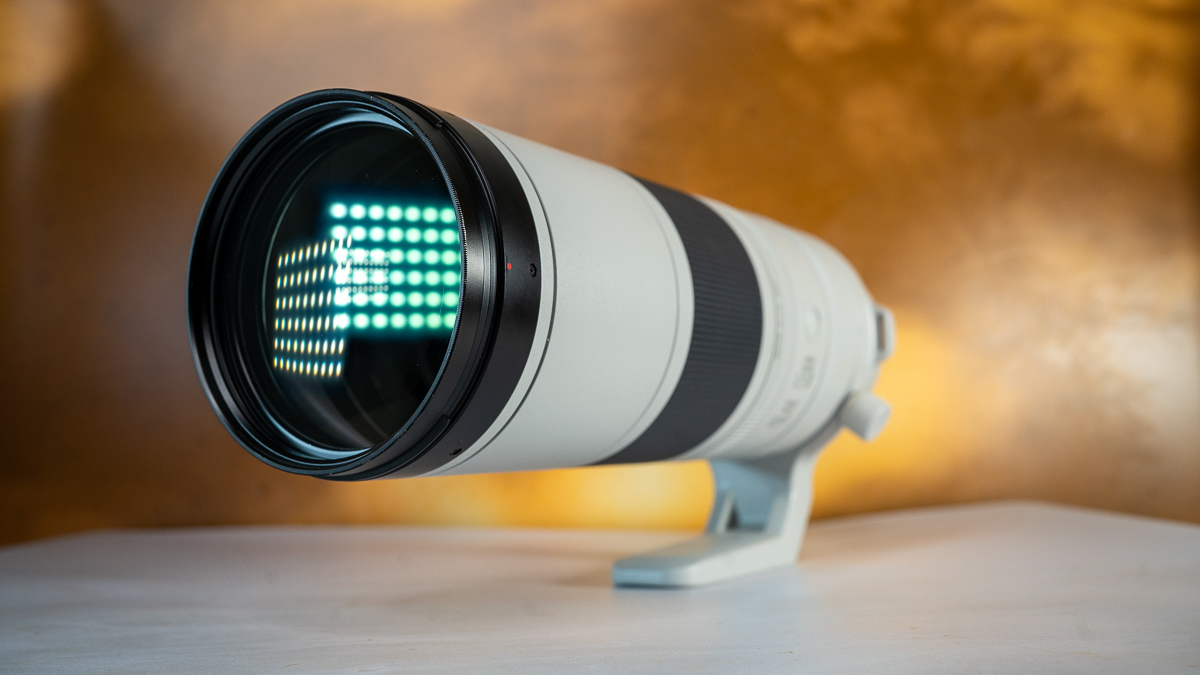
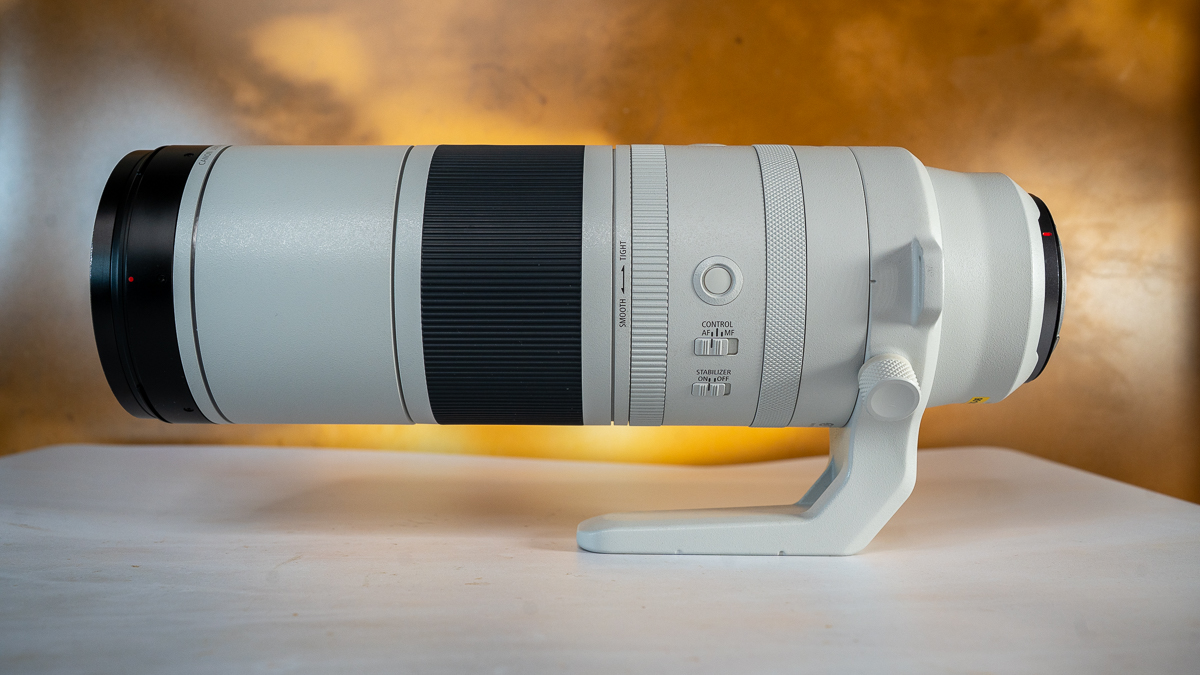

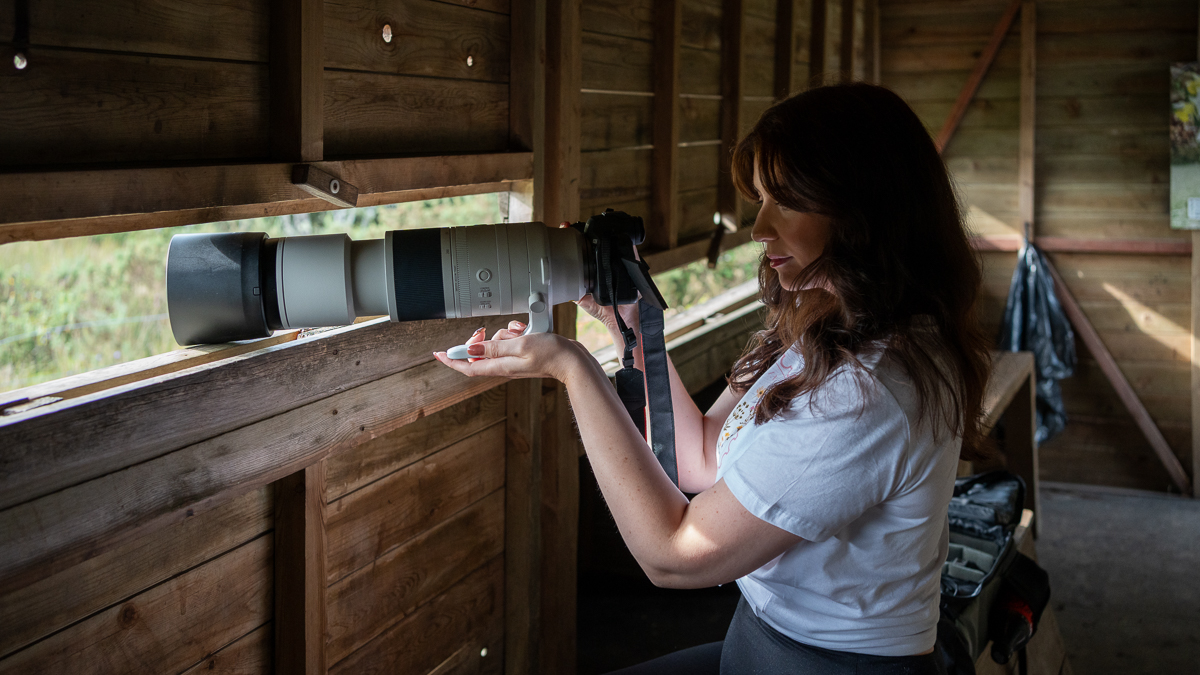
Canon RF 200-800mm F6.3-9 IS USM
Our expert review:
Specifications
Reasons to buy
Reasons to avoid
✅ You want more reach: 800mm is a fantastic focal length to capture birds in flight.
✅ You shoot in good light: Due to the aperture, it's best suited to good lighting.
❌ You shoot in low light: It has a narrower maximum aperture than many of its competitors, so your camera will need to be good at high ISOs to maintain a fast shutter speed.
❌ You want a lightweight lens: Most wildlife lenses are going to be big and heavy, but consider a shorter focal length if you want to save weight.
🔎 Canon RF 200-800mm F6.3-9 IS USM: The best Canon lens for most wildlife photographers, the reach is fantastic, it boasts fast autofocus and produces sharp images at high zoom. ★★★★½
If it's reach you want, the Canon RF 200-800mm F6.3-9 IS USM is the obvious choice for most wildlife photographers. With the largest focal range on this list, it can zoom to a staggering 800mm to capture distant animals high in the trees or from a jeep on safari.
But what it boasts in focal range, it lacks in maximum aperture. The maximum aperture at the widest end (200mm) starts at f/6.3, and at the furthest 800mm, you can't go bigger than f/9. This isn't too much of an issue if you shoot during the daytime and don't mind not having the softest bokeh, but it will start to become a problem if you want to shoot at faster shutter speeds as the light levels dip — you'll need to make sure your camera can handle high ISOs. We used it during our Canon EOS R6 II review, and we would've liked extra aperture as the light was dropping.
The images we took with it are beautifully sharp, even at 800mm, and the autofocus is fantastic and fast. It is undoubtedly big and awkward, especially at full zoom, but for the type of lens that it is, it could be a lot heavier. We found it got heavy after a while, even when we were able to rest it against the window of a hide. Still, it's a fantastic combination of quality and value that feels professional, even if it's not marked as one of Canon's 'L' lenses.
The lens hood is nice and big, although we'd have liked it to have a door to utilize a polarizer. We'd have liked the ability to lock the zoom, particularly because it suffered from severe lens creep. But otherwise, we really enjoyed shooting with this lens.
If you want a wider aperture and don't mind sacrificing some focal length, the Canon RF 100-500mm F4.5-7.1L IS USM is a great option, although more expensive. But realistically, these are the two best native Canon options for wildlife that are under $10,000 (seriously!).
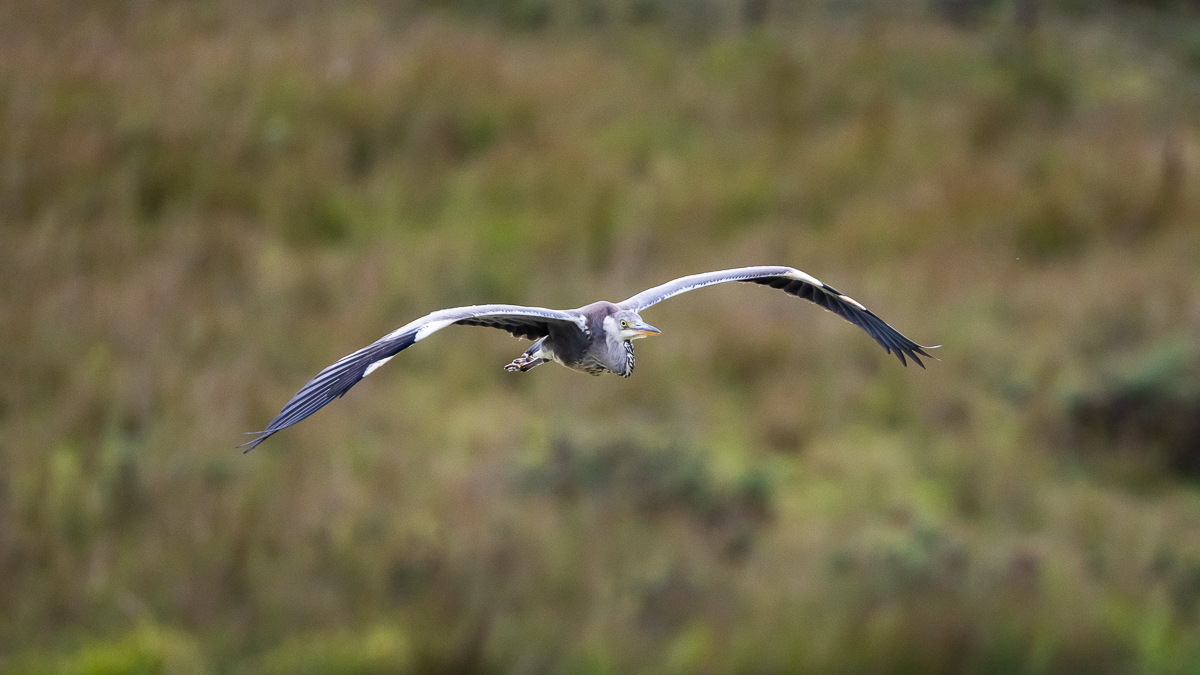
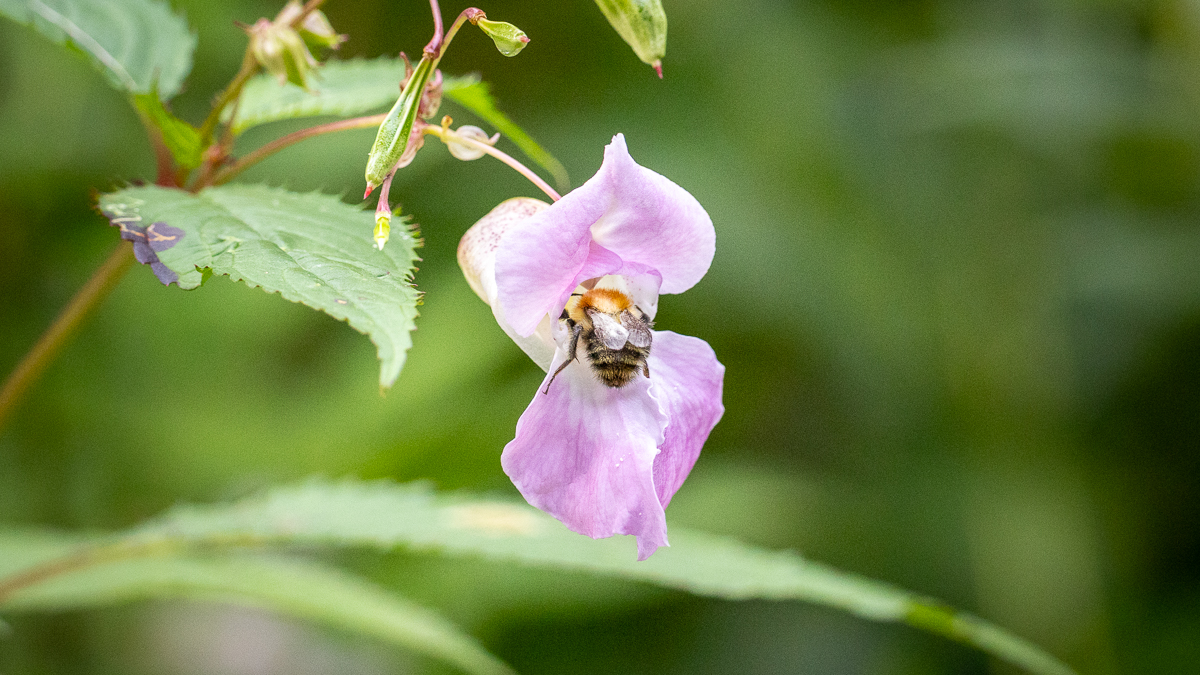
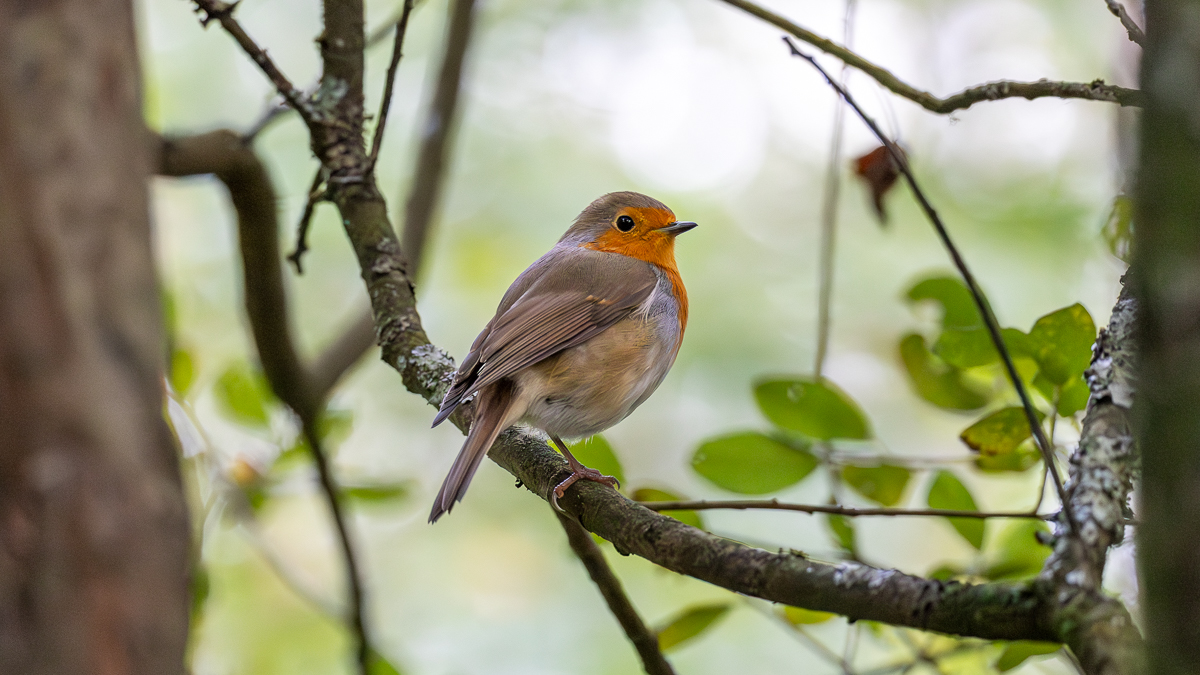
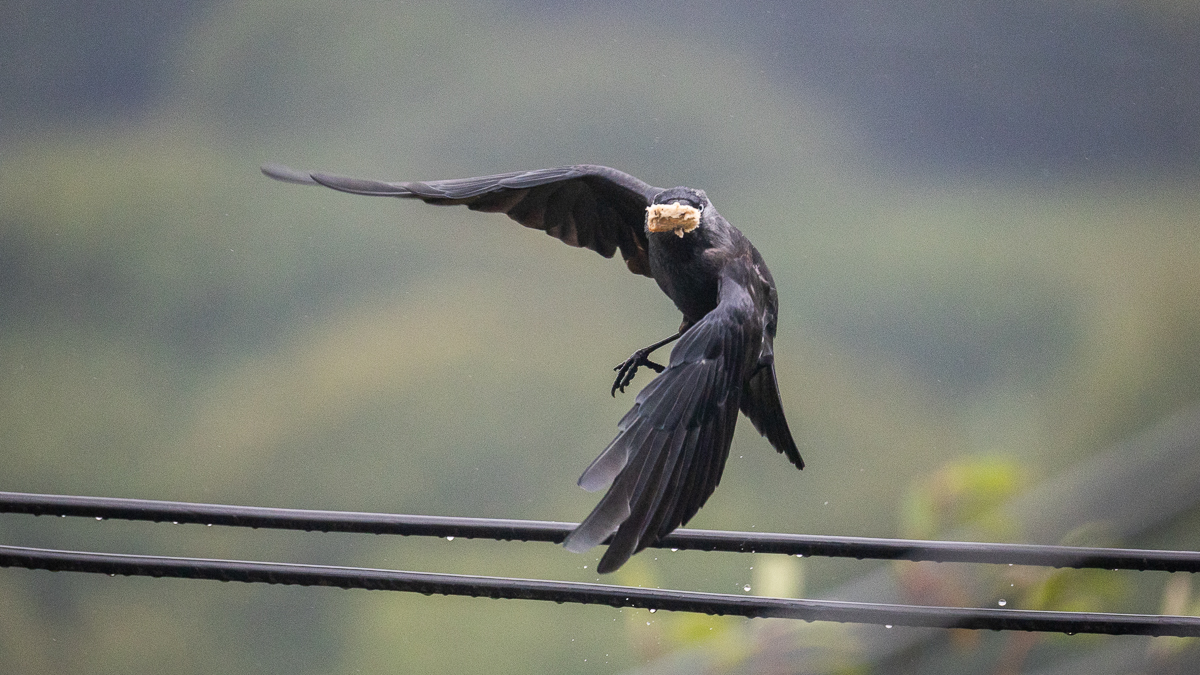
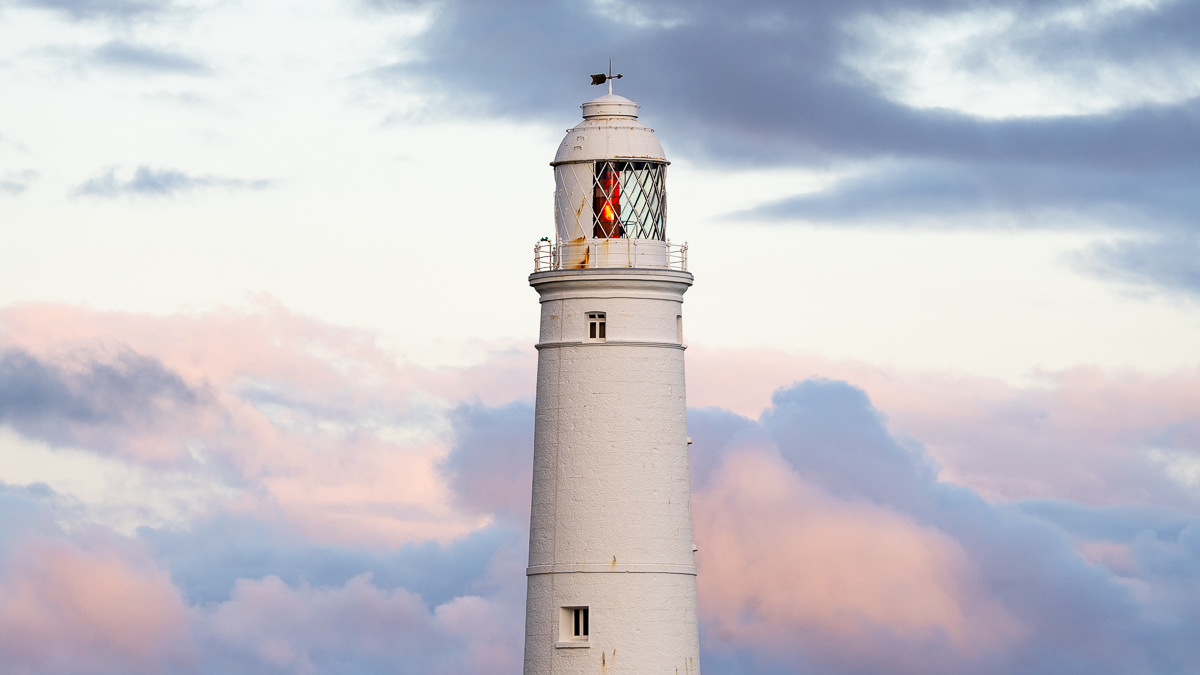
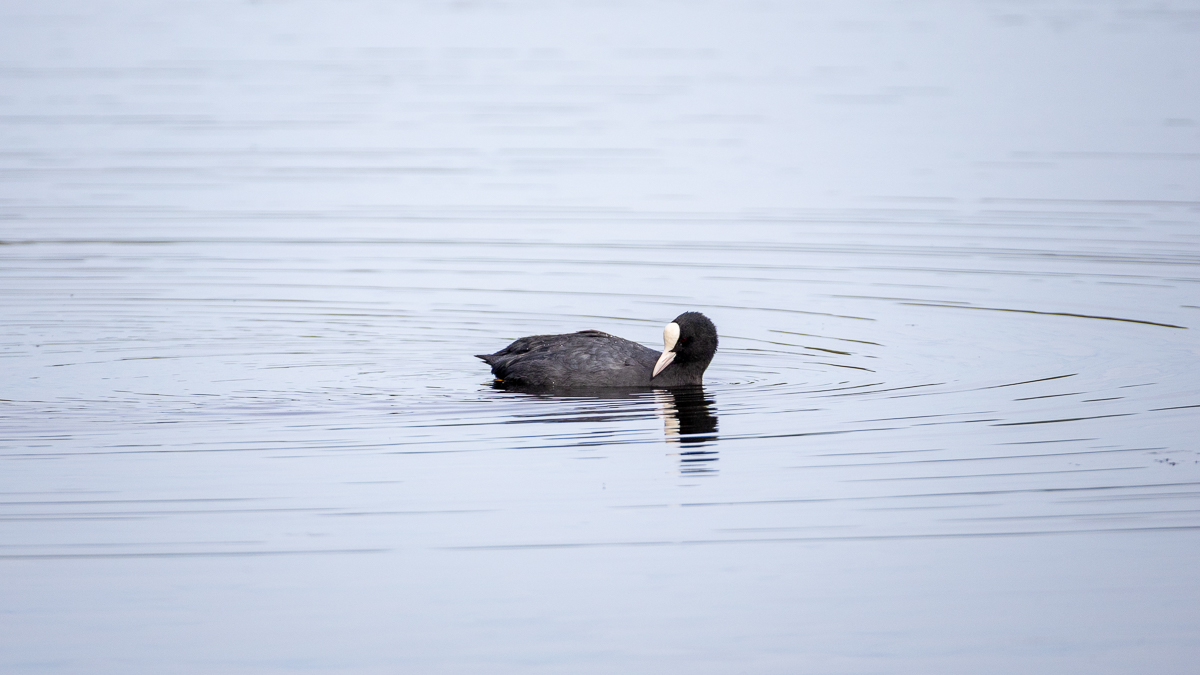
Attributes | Notes |
|---|---|
Design | Big and heavy, no internal zoom, collar doesn't come off. |
Performance | Sharp images and fast focus. |
Functionality | Very wide focal range. |
Best Fujifilm
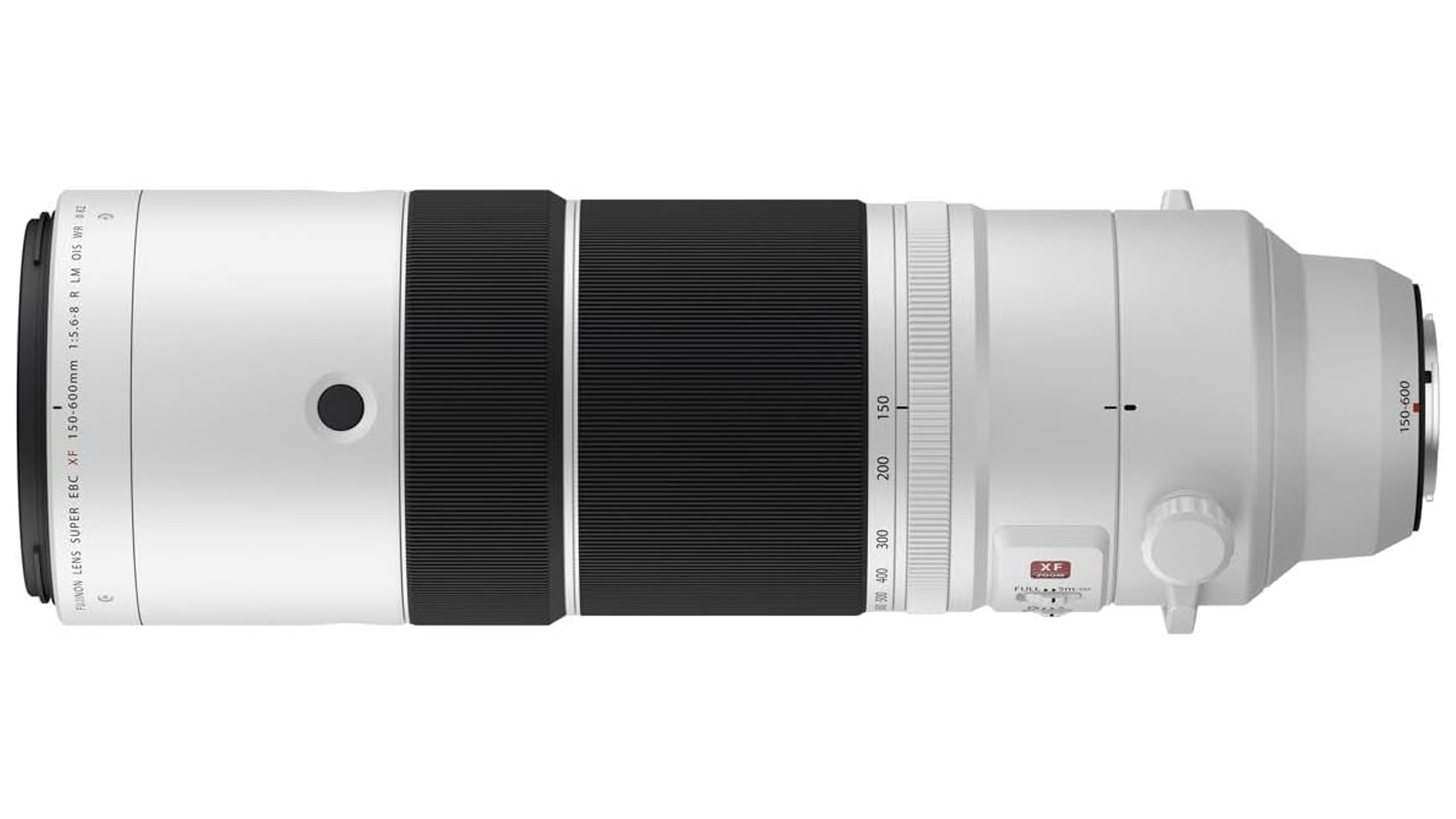
Fujifilm XF150-600mm f/5.6-8 R LM OIS WR
Our expert review:
Specifications
Reasons to buy
Reasons to avoid
✅ You don't want a really heavy lens: We're not sure why anyone would want that, but this lens is surprisingly lightweight for its size.
✅ You want a versatile focal range: The wider end can be used for landscape photography.
❌ You want a full frame lens: If you're not already bought into the Fuji system and are buying the lens first, this lens is for an APS-C system.
❌ You want to shoot in low light: The f/5.6-8 aperture is fine in good lighting, but it might struggle in lower light.
🔎 Fujifilm XF150-600mm f/5.6-8 R LM OIS WR: A surprisingly lightweight lens that produces stunning wildlife images at every focal length — a win for Fujifilm. ★★★★½
For Fuji shooters, there's only really one lens option for wildlife photography — the XF150-600mm f/5.6-8 R LM OIS WR. We love the versatility of this lens, as its 150mm focal length at the wider end opens it up to some landscape and seascape photography in addition to wildlife, giving extra value for money that other wildlife lenses don't.
It's a similar story to the other lenses in this guide in terms of aperture — acceptable for the price, but would struggle to maintain a fast shutter speed in low light. For a slightly better low-light performance without the additional reach, go for the XF100-400mm F4.5-5.6 R LM OIS WR. That said, there are so many excellent noise-reduction features in editing software nowadays that it makes noisy images much less of a problem than they used to be.
The images the 150-600mm produces are stunning, with beautiful color reproduction and bokeh. The details in some of the bird images we've seen are phenomenal, with absolutely stunning color reproduction and beautiful soft bokeh. Users have said that the sharpness across the whole zoom range is impressive, alongside its fast autofocus and surprisingly light weight for its class.
Attributes | Notes |
|---|---|
Design | Lightweight for its size. |
Performance | Produces beautifully sharp images. |
Functionality | Fast autofocus. |
Best Micro Four Thirds
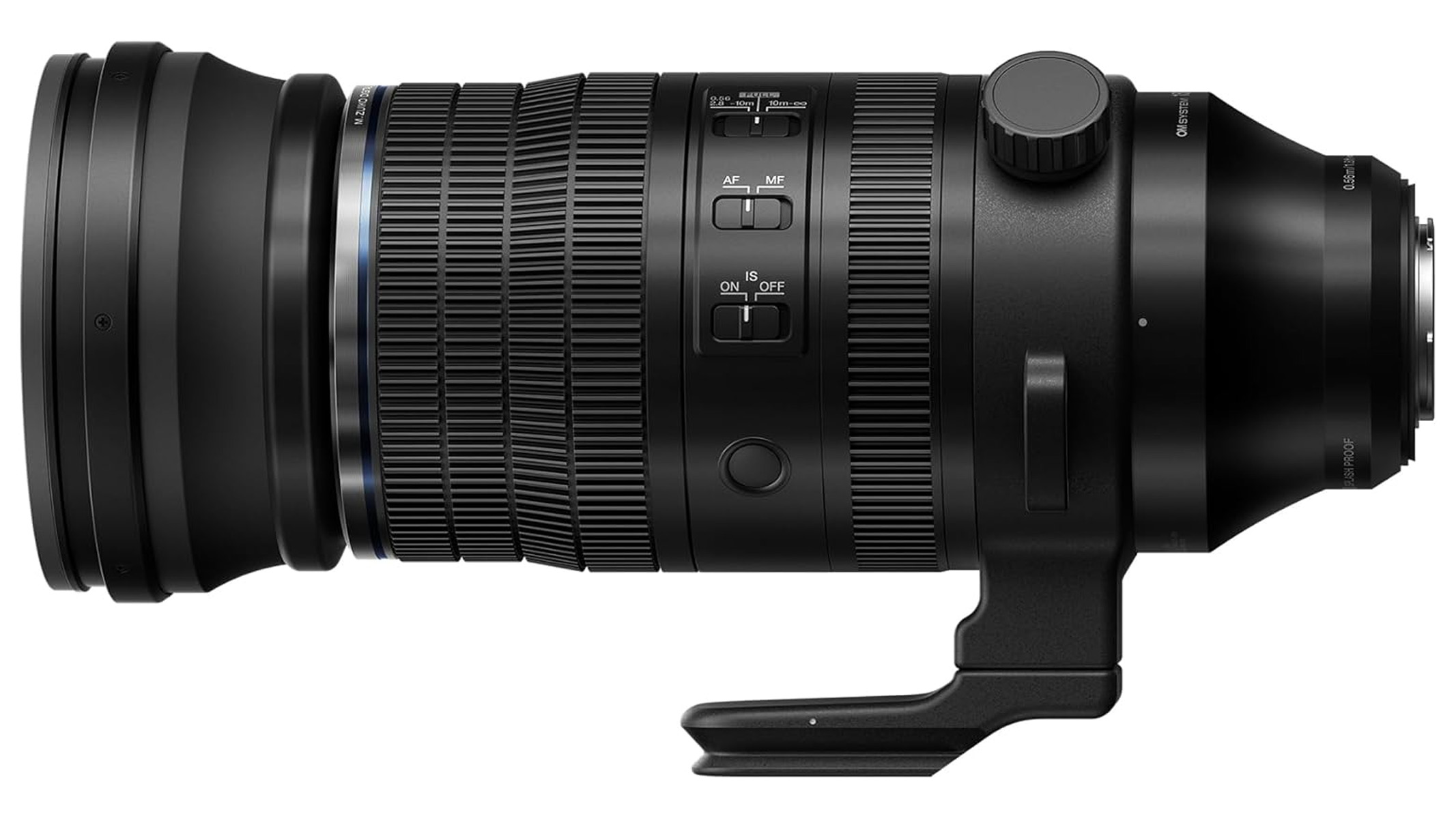
OM System M.Zuiko Digital ED 150-600mm F5.0-6.3 IS
Our expert review:
Specifications
Reasons to buy
Reasons to avoid
✅ You don't have a huge budget: It sits middle of the road in terms of OM System's telephoto lineup.
✅ You want long reach: Without a teleconverter, this is OM System's longest lens.
❌ You want to shoot in low light: You'll need a lower maximum aperture.
❌ You're on a budget: We liked the 100-400mm, which is half the price.
🔎 OM System M.Zuiko Digital ED 150-600mm F5.0-6.3 IS: If you want a lens with great reach and a good maximum aperture that produces stunning images, this is the lens to get. ★★★★½
If you're a M43 shooter and are after a lens that combines image quality with great reach, the OM System M.Zuiko Digital ED 150-600mm F5.0-6.3 IS is an excellent option to consider. Although there are some worthy alternatives that just have the edge in low light, it has more reach than the M.Zuiko Digital ED 150-400mm F4.5 TC1.25X IS PRO, even with the built-in 1.25x teleconverter, and double the reach of the M.Zuiko Digital ED 300mm F4.0 IS PRO.
While this lens is one of the biggest and heaviest in this guide (as big as the full-frame lenses), it also has a pretty decent maximum aperture in comparison, too. Although it won't hold its own in low light compared to the other two options we mentioned above, F6.3 at 600mm is pretty good going for most cases.
The image stabilization ensures your shots are rock steady at longer focal lengths, providing 7 steps of correction on the wide end and 6 steps on the telephoto end, and its four Super ED and two ED elements help create sharper images with greatly reduced chromatic aberrations.
Attributes | Notes |
|---|---|
Design | Quite large and heavy, |
Performance | Beautiful image quality, but not the best in low-light. |
Functionality | Great image stabilization and ED elements. |
Best third party
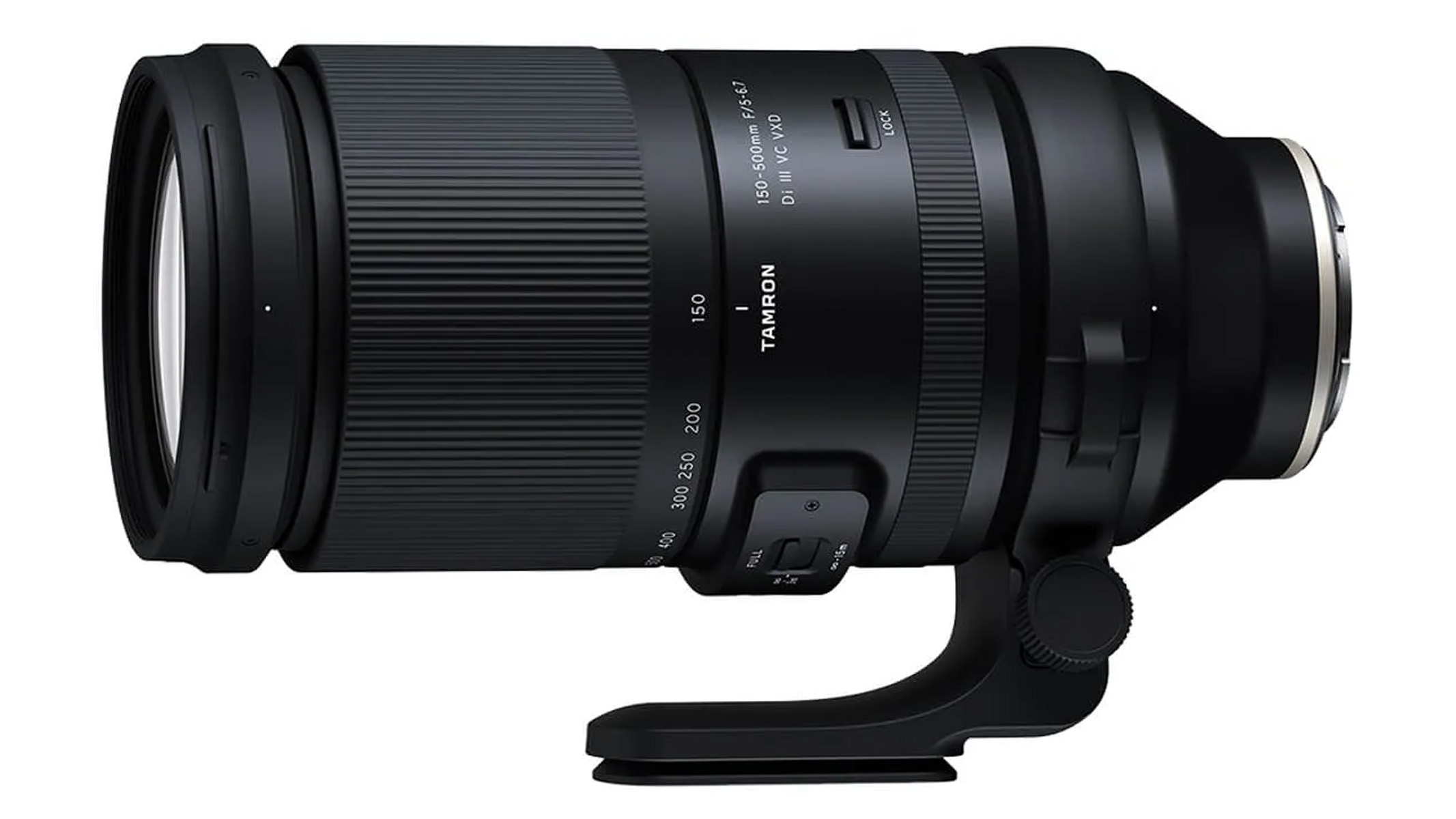
Tamron 150-500mm f/5-6.7 Di III VC VXD
Our expert review:
Specifications
Reasons to buy
Reasons to avoid
✅ You're on a budget: The Tamron is an affordable yet capable wildlife lens.
✅ You prioritize portability: If you're going to be traveling with it a lot, it's the better option.
❌ You want the sharpest lens possible: In this case, users have said the Sigma is a little sharper, or just go for a native lens.
❌ You want the longest reach: The Sigma and native lenses can zoom to 600mm.
🔎 Tamron 150-500mm f/5-6.7 Di III VC VXD: A lightweight and portable lens that's ideal for keeping the weight of your bag down when traveling. Plus, it's an affordable option if you can't stretch to the native lenses. ★★★★½
Depending on who you ask, you'll typically either hear about the Tamron 150-500mm or the Sigma 150-600mm as the best third-party lens for wildlife photography. There are certainly merits and drawbacks to both lenses, but we've gone for the Tamron purely based on its portability and price being worth more than the extra 100mm reach.
Realistically, both lenses are going to be sharp and produce great images. But, in our opinion, the Tamron provides enough of a saving over the native Sony or Nikon lenses to be worth it, whereas the Sigma is only a couple of hundred dollars cheaper, so you may as well stretch your budget and get a native lens. That said, users have noted that the Sigma is a little sharper than the Tamron, so ultimately it depends on what's most important to you.
The Tamron is also smaller and more lightweight than both its native counterparts and the Sigma lens. The length of the Tamron is approximately 8.3 inches (209.6 mm), with the Sigma measuring a slightly longer 10.5 inches (265.6 mm) and the closest native Nikon or Sony equivalents around 12.5 inches (318 mm).
In terms of weight, the Tamron weighs around 60.8 oz (1,725 g), with the Sigma being substantially heavier at 2,100 g (which is actually heavier than the Nikon).
Attributes | Notes |
|---|---|
Design | One of the most lightweight and portable full-frame lenses. |
Performance | Impressive for the price. |
Functionality | Fast focus and sharp images. |
Best lightweight
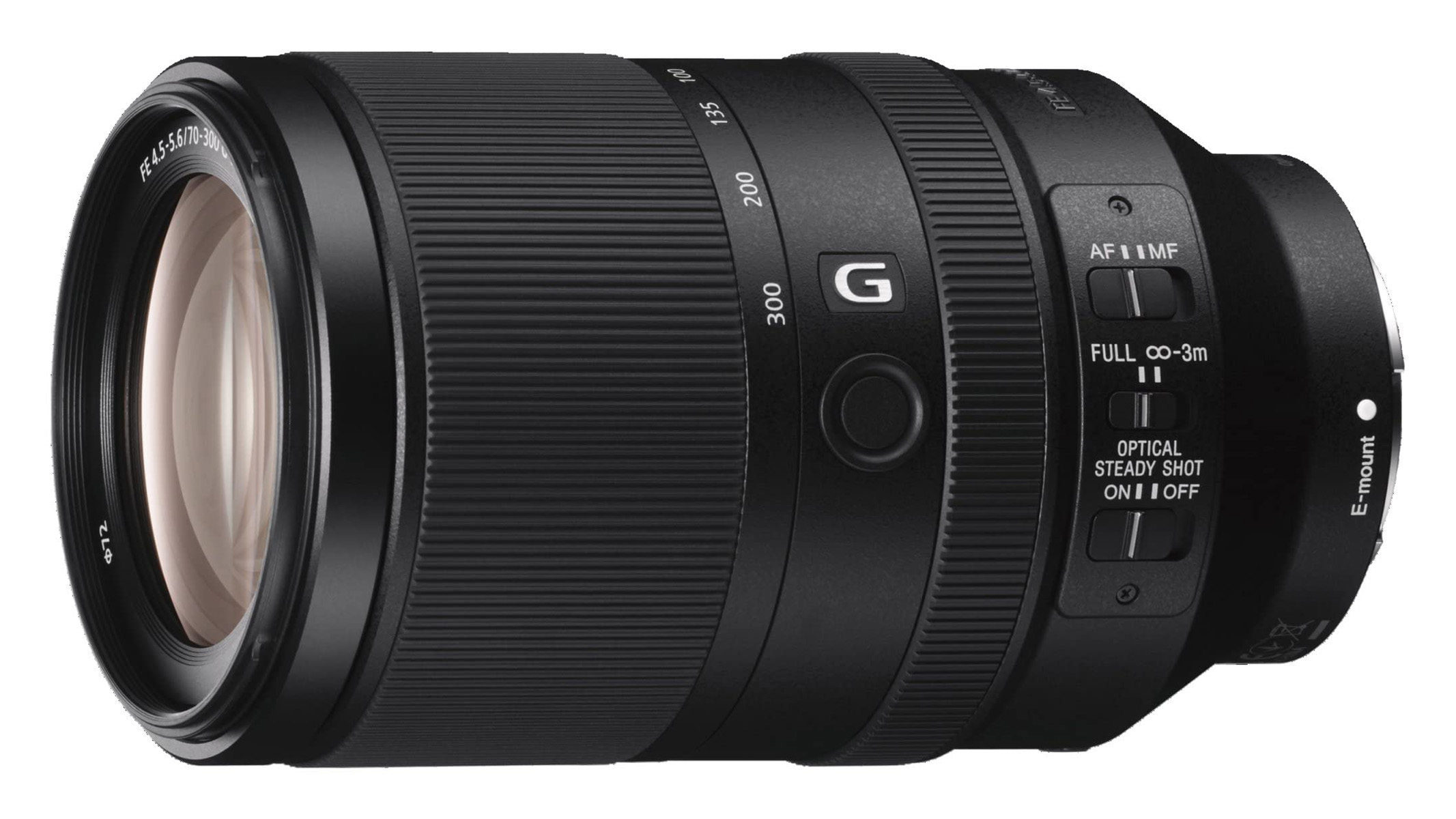
Sony FE 70-300mm f/4.5-5.6 G OSS
Our expert review:
Specifications
Reasons to buy
Reasons to avoid
✅ You're a beginner: It's versatile and priced fairly for what it can do.
✅ You want to save on weight: Its small size and light weight make it excellent for traveling.
❌ You want long reach: If you want a longer zoom, you'll likely have to sacrifice the low weight.
❌ You don't shoot Sony: Canon shooters should get the Canon RF 100-400 f/5.6-8 IS USM, and Nikon users should get the NIKKOR Z 28-400mm f/4-8 VR.
🔎 Sony FE 70-300mm f/4.5-5.6 G OSS: A fantastic lightweight and compact lens with a versatile focal range, although it lacks the reach for photographing distant subjects. ★★★★½
If you're this far into this guide, you'll know by now that longer focal length equals a heavier lens, so it won't come as a surprise that our pick for the best lightweight wildlife lens is significantly shorter in focal length than the rest of the options in this list. If you're looking for a hack to get a little extra reach, try using this lens on an APS-C body for a 1.5 crop factor, taking its effective reach up to 450mm.
The images we've seen taken with this lens are absolutely stunning and provide beautiful detail and color, all while being exceptionally sharp right across the frame. The only caveat is whether you can get close enough to your subject, but as it has a wider short end than many other wildlife lenses, it has the versatility to turn its hand to other photographic styles like portraits and landscapes as well as a bit of wildlife.
It's also a fantastic option for beginners who perhaps don't want a dedicated wildlife lens, but still want to try the style out. It's not the cheapest option in this guide, but you won't regret buying any Sony lens when you see the quality it can produce. Paired with Sony's industry-leading autofocus and subject detection, it'll lock onto and effortlessly track any animal or insect you point it at.
Attributes | Notes |
|---|---|
Design | Very lightweight and compact. |
Performance | Produces stunning images. |
Functionality | Weather-sealed and image-stabilized. |
Best in low light
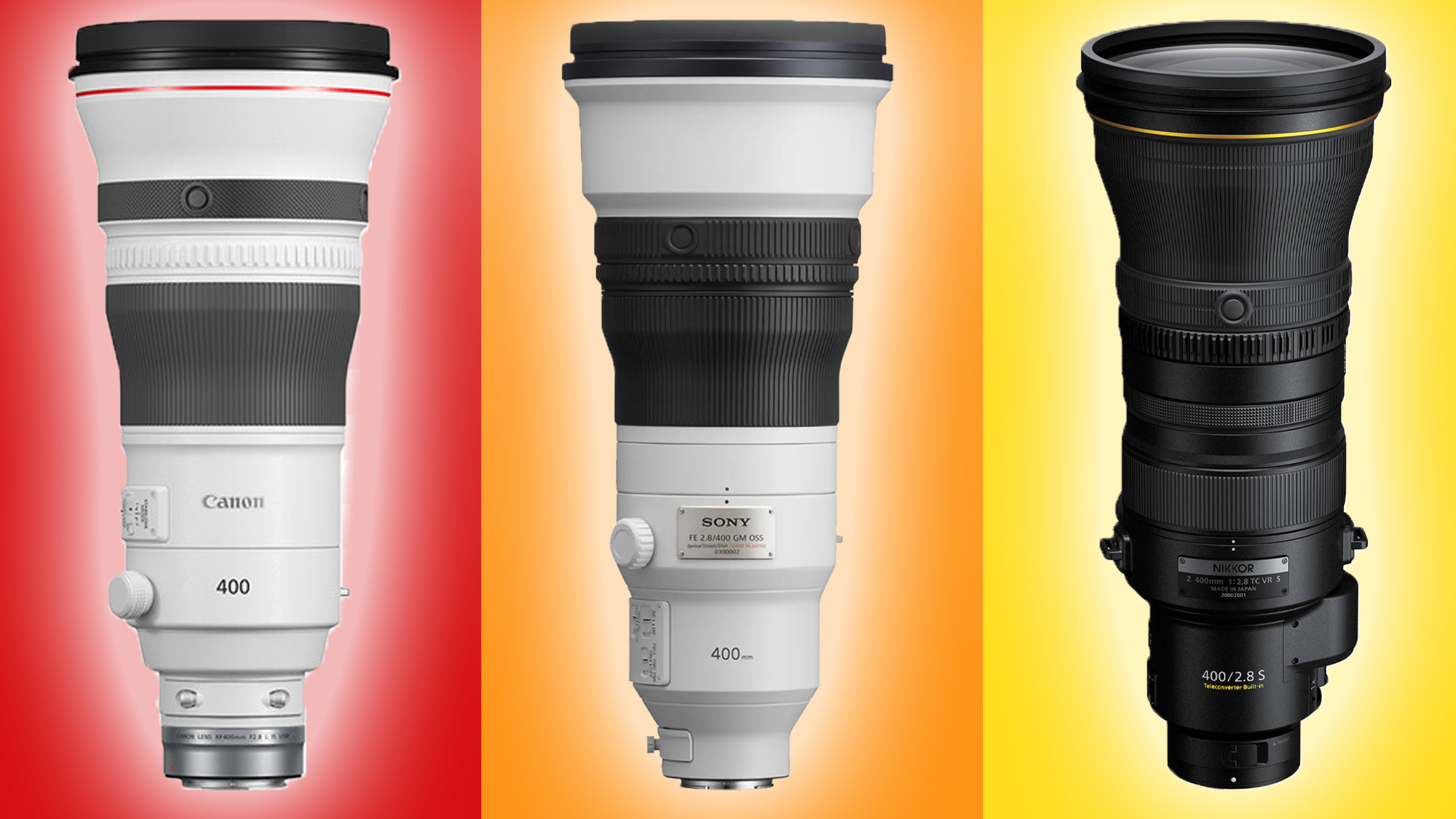
400mm f/2.8 lens
Our expert review:
Specifications
Reasons to buy
Reasons to avoid
✅ You're a serious pro: If you make money from wildlife photography, a 400mm, f/2.8 lens is worth considering.
❌ You don't have $12,000: Quite self-explanatory, we think.
🔎 Canon/Sony/Nikon 400mm f/2.8: A wildly expensive lens that takes wildly good pictures. Sharp, fast and almost faultless, but can you justify the eye-watering cost? ★★★★½
So you really want the best lens for low-light wildlife photography? Alright — got a spare $12,000? Realistically, you're looking at an aperture of around f/5 maximum for most affordable wildlife lenses; any wider and you're getting into "silly money" territory, like these 400mm f/2.8 lenses.
So why are low-light wildlife lenses so expensive? Due to their long focal length, there's more going on inside the lens and the quality and size of the glass are also bigger and better.
The advantage of an f/2.8 lens over an f/5.6 lens is that the wider aperture of the f/2.8 can let in more light, which in turn enables you to maintain a faster shutter speed without having to crank up the ISO. If you photograph nocturnal or crepuscular animals, this could make all the difference to your images, but just how much are you willing to pay for that?
It goes without saying that this caliber of lens is reserved for the seasoned pros and anyone who makes serious money from wildlife photography, as there's no way most of us could justify spending that much money on one lens, no matter how good it may be. That said, if you can afford it, it's probably as close to a perfect lens as you can get.
We asked wildlife photographer and author Richard Peters about his personal setup, and he told us, "For me, the Nikon 400 Z TC is the dream lens. It is fast and has a built-in teleconverter — it goes with me almost everywhere. The downside is that it is expensive and large, but the results speak for themselves."
Attributes | Notes |
|---|---|
Design | Massive and heavy. |
Performance | Probably some of the best glass money can buy. |
Functionality | f/2.8 aperture for better low light shooting. |
Best lenses for wildlife photography: Comparison
Name | Focal length | Aperture | Image-stabilized | Compatibility | Dimensions | Weight |
Sony FE 200-600mm f/5.6-6.3 G OSS | 200-600mm | f/5.6-6.3 | Yes (OSS) | Sony E | 4.4 x 12.5 inches (112 x 318 mm) | 74.7 oz (2,115 g) |
Nikon Z 180-600mm f/5.6-6.3 VR | 180-600mm | f/5.6-6.3 | Yes (VR) | Nikon Z | 4.4 x 12.5 inches (110 x 316 mm) | 68.96 oz (1,955 g) |
Canon RF 200-800mm F6.3-9 IS USM | 200-800mm | f/6.3-9 | Yes (IS) | Canon RF | 4.0 x 12.4 inches (102 x 314 mm) | 4.5 lbs (2,050 g) |
Fujifilm XF150-600mm f/5.6-8 R LM OIS WR | 150-600mm | f/5.6-8 | Yes (OIS) | Fuji X | 3.9 x 12.38 inches (99 x 315 mm) | 3 lbs 9 oz (1,605 g) |
OM System M.Zuiko Digital ED 150-600mm F5.0-6.3 IS | 150-600mm | f/5-6.3 | Yes (IS) | OM System | 4.3 x 10.4 inches (109.4 x 264.4 mm) | 4.55 lbs (2,006 g) |
Tamron 150-500mm f/5-6.7 Di III VC VXD | 150-500mm | f/5-6.7 | Yes (VC) | Sony E, Nikon Z, Fuji X | 3.66 x 8.3 inches (93 x 210 mm) | 60.8 oz (1,725 g) |
Sony FE 70-300mm f/4.5-5.6 G OSS | 70-300mm | f/4.5-5.6 | Yes (OSS) | Sony E | 3.3 x 5.65 inches (84 x 144 mm) | 30.2 oz (854 g) |
Contributing experts and product testers
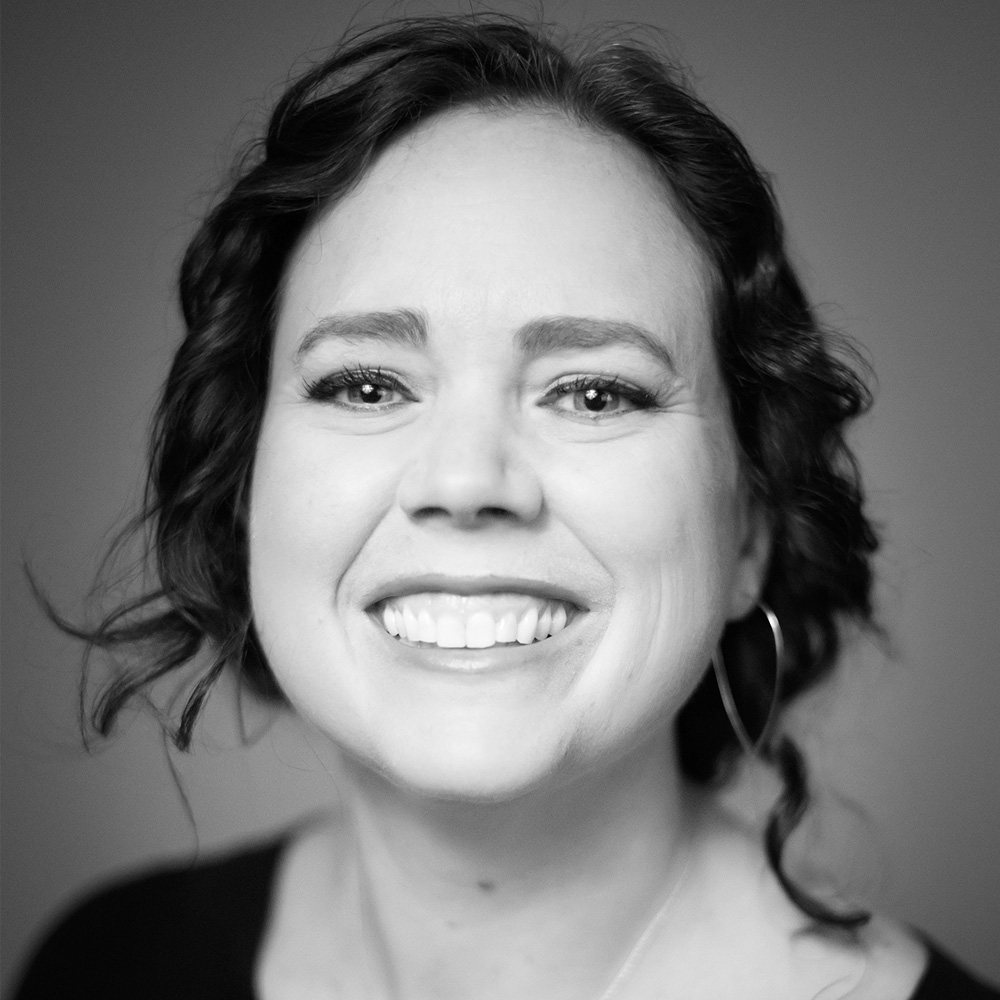
Kristi Odom is a Nikon Ambassador and award-winning photographer and filmmaker whose work centers on wildlife, conservation, and storytelling.
Her imagery has been recognized by prestigious competitions, publications and organizations including National Geographic and Nature’s Best, for its compelling narratives and conservation impact. As an Associate Fellow of the International League of Conservation Photographers and a contributing photographer for National Geographic, Kristi uses her work to spotlight endangered species and threatened ecosystems around the world.
Kristi has contributed to our FAQs.
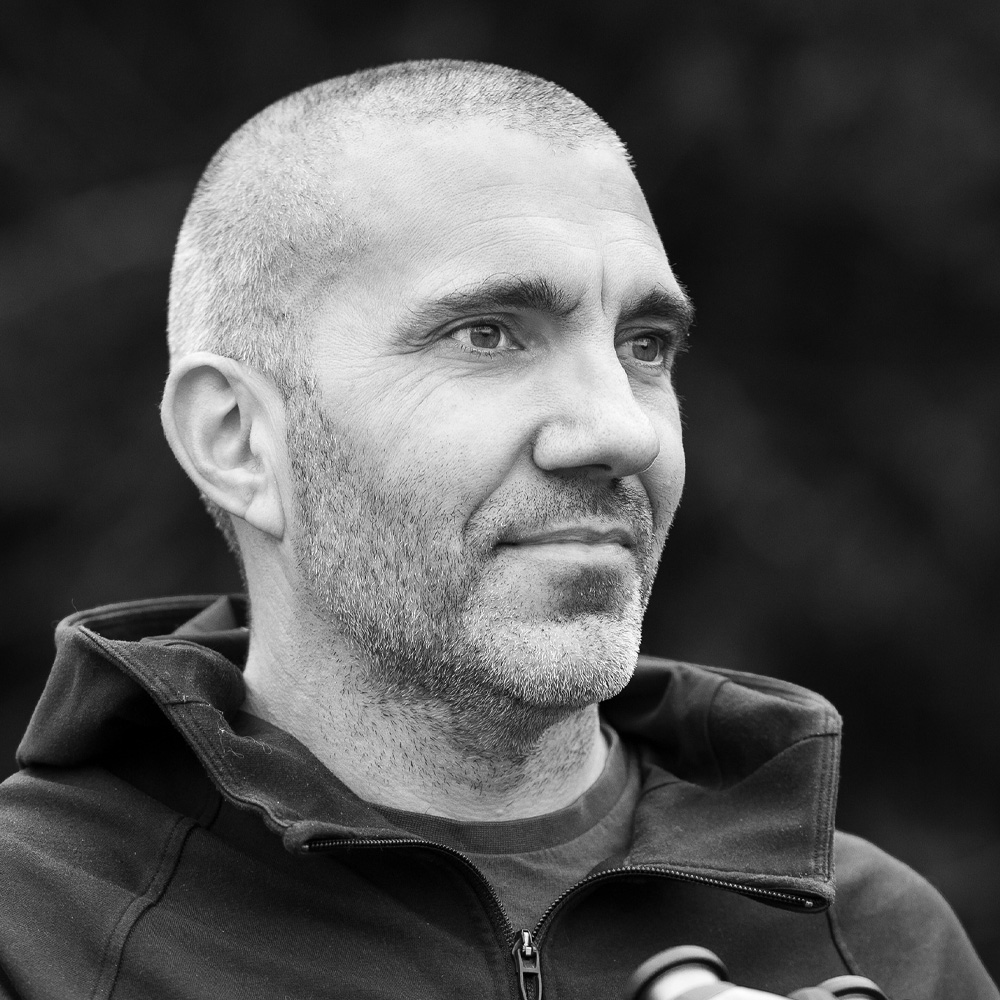
Richard is a highly acclaimed photographer who, alongside being a category winner in the prestigious Wildlife Photographer of the Year, is also one of the only British photographers named European Wildlife Photographer of the Year. His work is known for its dramatic use of light and shade. Richard is a Nikon Ambassador alumni, author of two books and has run photo safaris all over the world for more than 10 years.
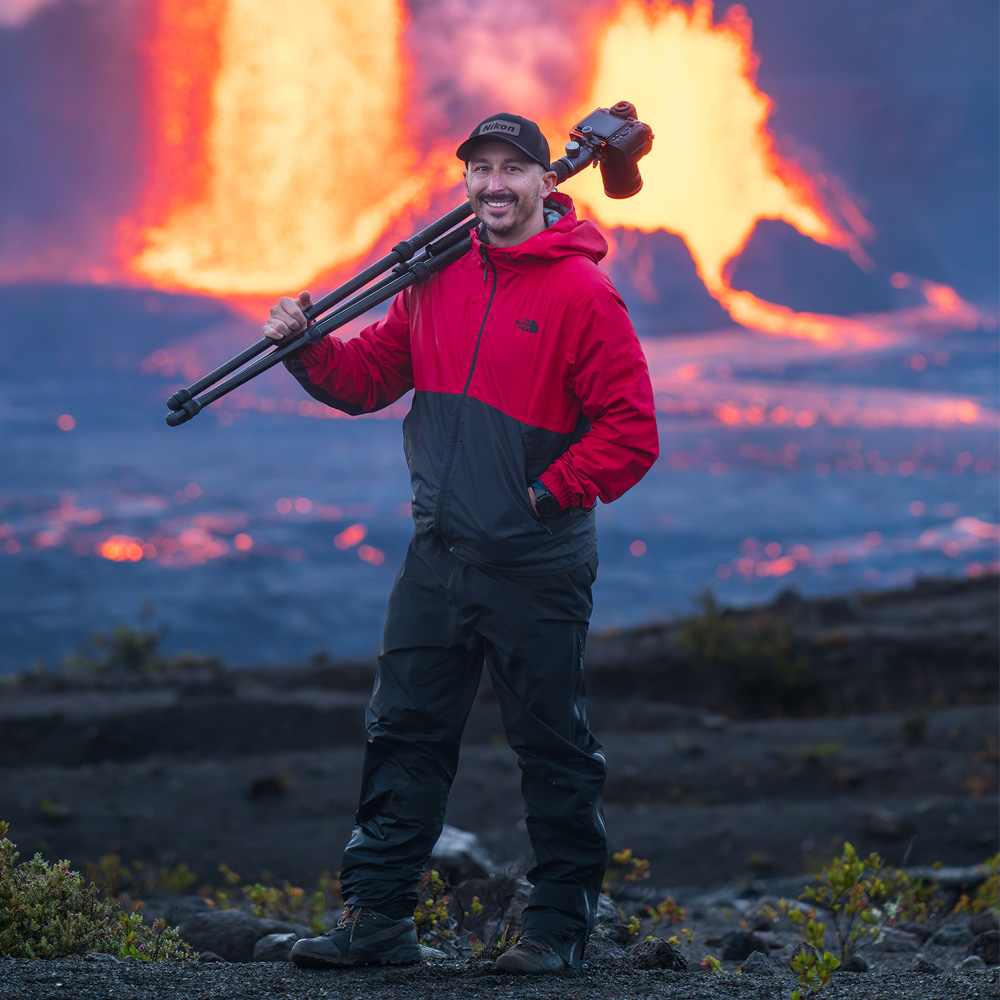
Mike Mezeul II is an extreme nature and landscape photographer, as well as a Nikon Ambassador, based out of Arvada, Colorado. His work focuses on documenting the power and beauty within the world’s most powerful natural events, focusing primarily on severe weather and volcanoes. When he is not on a project, he spends his time leading workshops around the world in which he shares his passion for photography by inspiring and educating individuals of all ages and skill levels.
Mike has contributed to our FAQs.
FAQs
Should I use a zoom or prime lens for wildlife photography?
Zoom lenses are typically used more for wildlife photography, due to the fact that wildlife moves, and you need to be able to change your focal length as necessary. Prime lenses can still be used in certain situations, though, like setting up your camera on a tripod and photographing a bird table.
We asked Mike Mezeul II, extreme nature photographer and Nikon Ambassador, who told us: "I personally prefer zoom lenses with lower apertures in order to have versatility in creating my compositions."
What's the best focus mode for wildlife photography?
Most wildlife photographers use autofocus for moving animals (an exception being macro photography), and you'll want to use a continuous focus mode so the camera continues to track and focus on your subject as it moves across the frame.
We asked wildlife photographer Richard Peters, another Nikon Ambassador, about focus modes. He told us,:"Almost all mirrorless cameras now feature some form of subject detection animal eye tracking. It is a very useful tool, although it is not my go-to setting. I still prefer to use a single focus point and move it around the screen myself. Effectively, using the focus point to pre-compose where in the frame I want the subject to be. Subject tracking is a close second, though, especially for an erratic animal."
What shutter speed should I use for wildlife photography?
It all depends on how fast your subject is moving. You want to use as fast a shutter speed as you can to ensure your images aren't blurry. For moving animals, anything faster than 1/500 should be enough — but remember, the faster your animal, the faster the shutter speed.
Kristi Odom, award-winning wildlife photographer, said, "A slow shutter speed can help show chaos and movement, while a fast shutter speed can capture all the fine detail in fast action. To freeze motion, the shutter speed you use changes depending on your lens length, your subject, and the speed of motion. I’ve found that I use 1/8000 of a second to get hummingbird wings still in flight, while I only need 1/2000 for a running bear.
While a fast shutter speed is great for stopping motion, the world isn’t still, especially in nature. Slowing the shutter lets me express the feeling of motion. It’s not just about capturing what something looks like; it’s about showing how it moves and feels. What does it feel like to be a bird in flight while passing the trees? How does the water splash around a bear jumping in to catch a salmon? I love using slower shutter speeds, like 1/30 or even 1/20 of a second, to show motion, chaos, and energy.
One technique I really enjoy is panning. It’s when I slow the shutter speed and move the camera with the subject. If I get it right, it keeps the subject sharp while blurring the background, showing the direction of movement."
What aperture should I use for wildlife photography?
Although f/2.8 gives a nice blurry background, you run the risk of having more of your subject out of focus, especially if they are closer to you. We think a minimum of f/5.6 is a good aperture to stick with to ensure the animal's head is in focus with a nice blur on the background, then you can always stop down if the scene allows.
Award-winning wildlife photographer Kristi Odom told us, "Every setting is an artistic decision. A wide aperture like f/2.8 helps me isolate a subject and create texture. I want my subjects to shine, and distracting elements in the foreground and background can pull one's eye away from the wildlife I want to highlight. I even love using the Nikon Z Plena at f/1.8 for a super dreamy feel.
When I’m photographing multiple animals or want to show more of the environment for the story, I’ll use f/8, f/11, or higher (depending on lots of factors: lens length, distance to subject or subjects, and how much I want in focus). It works great when I am working more on storytelling, in a journalistic style."
What is a teleconverter?
A teleconverter is essentially a magnifying glass that attaches between the camera body and lens to increase the effective focal length of the lens.
Wildlife photographer Richard Peters told us: "A teleconverter will allow you to effectively increase your focal length and get the subject larger in the frame. 1.4 and 2x are the most commonly used. They can be very helpful when your subject is just that little bit too far away. Care must be taken, though, as they reduce your lens's aperture and introduce softness, especially when you start to focus further into the distance. They perform best on prime lenses. For variable aperture lenses, I'd consider cropping the image after the fact instead of introducing a teleconverter."
What drive mode is recommended for wildlife photography?
Continuous shooting is better for wildlife photography so you can shoot multiple frames with one press of your shutter, which is particularly useful for moving subjects.
Is it more important to invest in a good lens or a good camera?
Often, your lens is more important than your camera. A quality lens with an average camera body will usually get better images than a quality camera with an average lens. As long as your camera has a fast burst rate and good autofocus, investing in a good quality lens will do more to improve the sharpness of your images than dropping thousands on the newest camera.
We asked wildlife photographer Richard Peters, who told Live Science: "For me, a good lens is essential before a good camera. While good cameras may have extra features like faster focus and bigger and better sensors, none of that matters if you have a cheap lens on the front. The image will only be as good as the glass. I would always pick a good lens over a good camera, in the first instance."
What mode should I use for wildlife photography?
If you're confident using manual, we'd recommend using that. You can use aperture priority or shutter priority, but in aperture priority you run the risk of the camera setting a shutter speed that's too slow, and in shutter priority it could select the wrong aperture depending on the light levels in your scene.
What is the best time of day for wildlife photography?
Many species of wildlife are "crepuscular," meaning they are more active around dawn or dusk. This is where the light levels are lower and are constantly changing, so you'll need to be confident changing your settings more often.
That said, it'll depend on what animal you want to photograph. A little research will go a long way toward figuring out the best time to shoot.
Kristi Odom said, "While morning and evening light are soft and lovely, they’re not the only times worth photographing. I try to listen to the wildlife and follow them. Lots of insects, for example, thrive in the heat of midday. The afternoon sun brings the insect world to life. I love working in harsh light and using deep shadows for contrast and drama, especially when I expose for the highlights.
At night, there are a bunch of super interesting critters that come out. Just make sure that you don’t negatively impact wildlife with lights or for the sake of any photo. Always put your subject first."
What focal length do I need for wildlife photography?
A telephoto lens with a long focal length and wide range is best for wildlife photography — most wildlife photographers don't use anything under 200mm.
Mike Mezeul II, Nikon Ambassador and extreme nature photographer, told Live Science: "The most important factor, in my opinion, for a wildlife lens is its focal length. You'll usually want something in the 200-600mm range, depending on what kind of subject it is, the environment, and possible safety concerns."
We also asked wildlife photographer Richard Peters, who said: "For mammals, 300 to 400mm will work well, but if you predominantly photograph smaller birds, 500mm, 600mm and even 800mm will be more useful. And if you mostly shoot from hides and vehicles, a prime lens might be favoured. But if you intend to be very mobile and carry your kit long distances on your back, a zoom in the 100-400 range might be a better compromise."
Latest updates
November 19, 2025: Review content and images added for Canon RF 200-800mm F6.3-9 IS USM.
How we tested the best lenses for wildlife photography
How we test the best lenses for wildlife photography
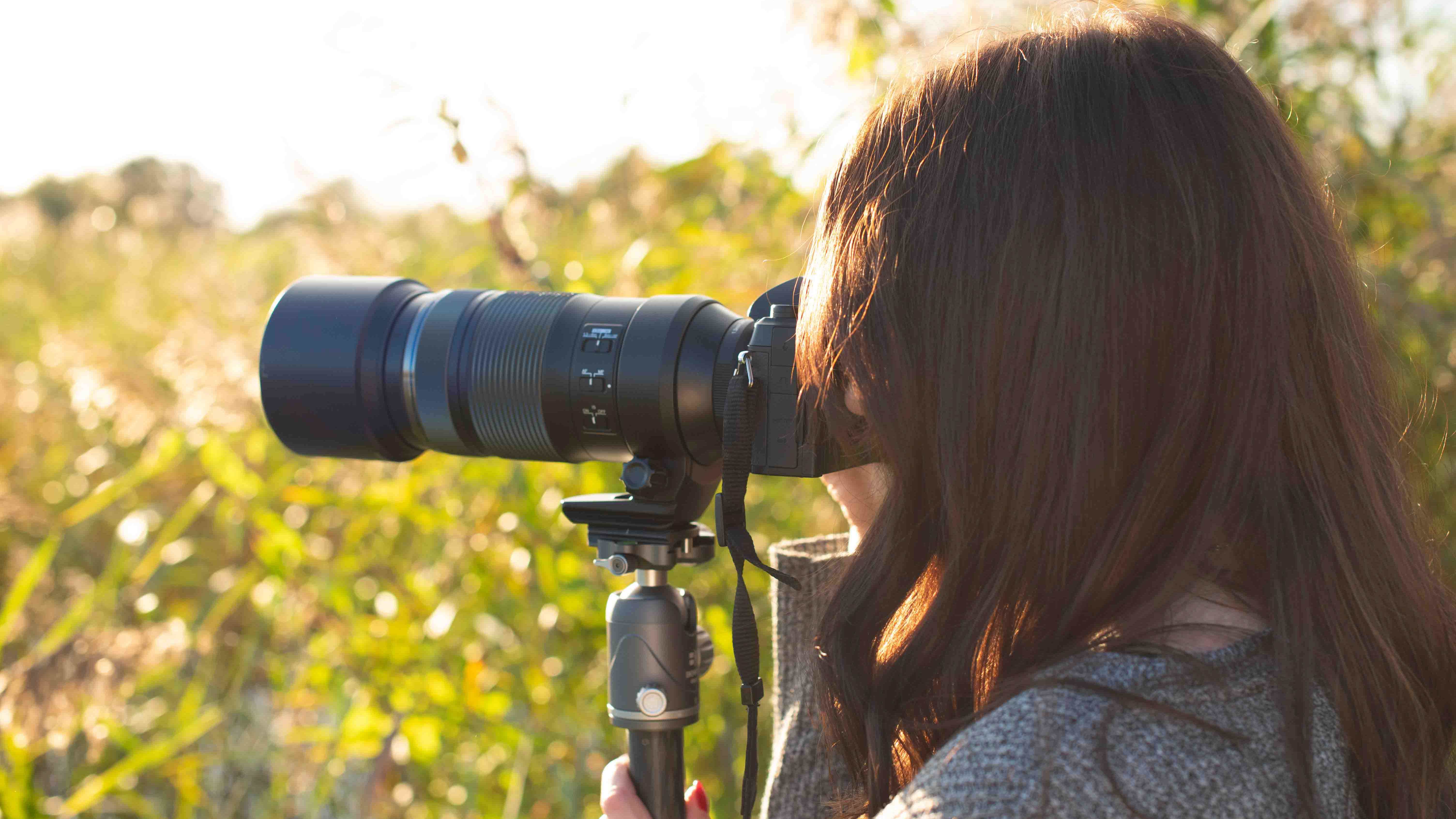
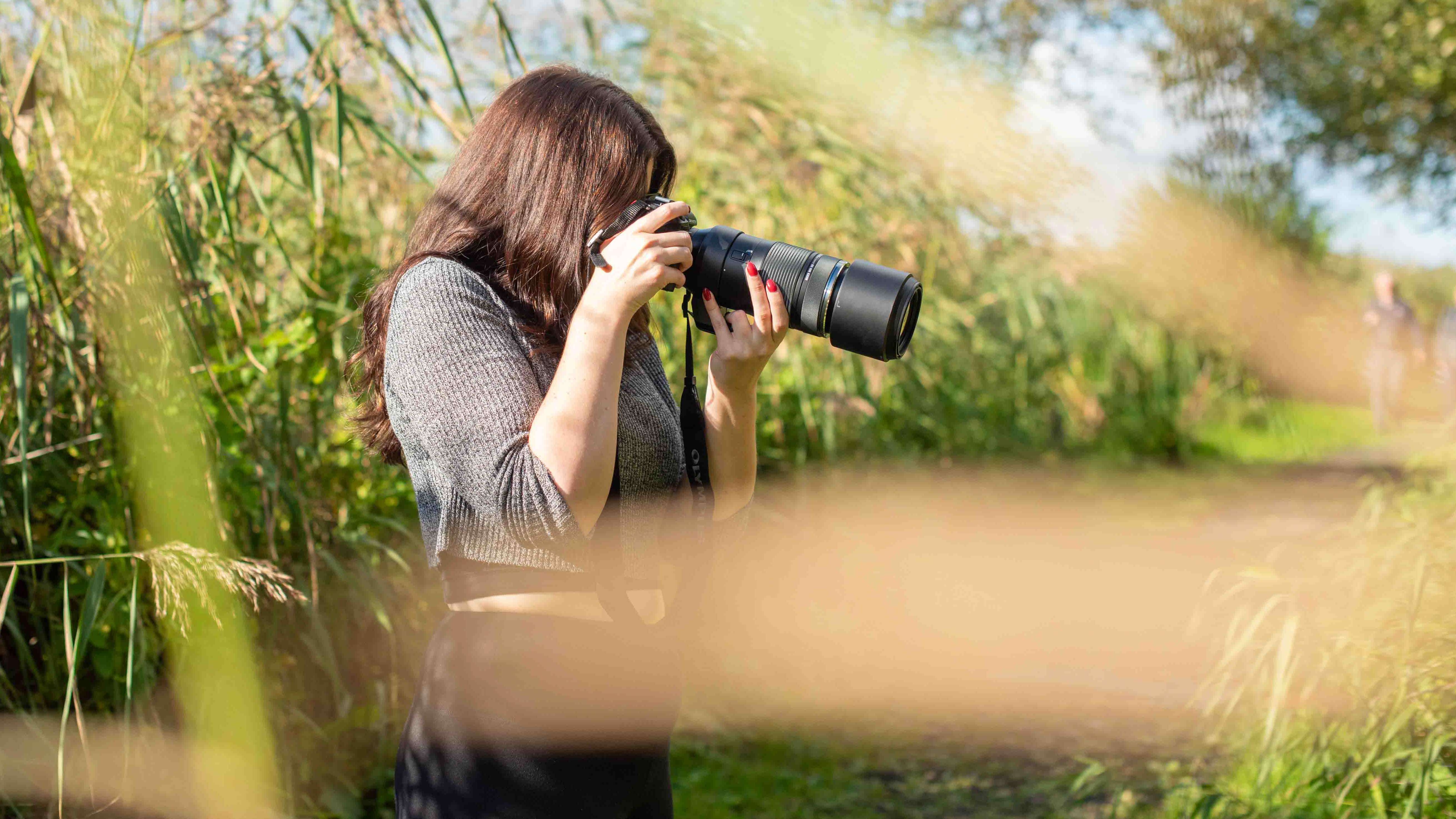
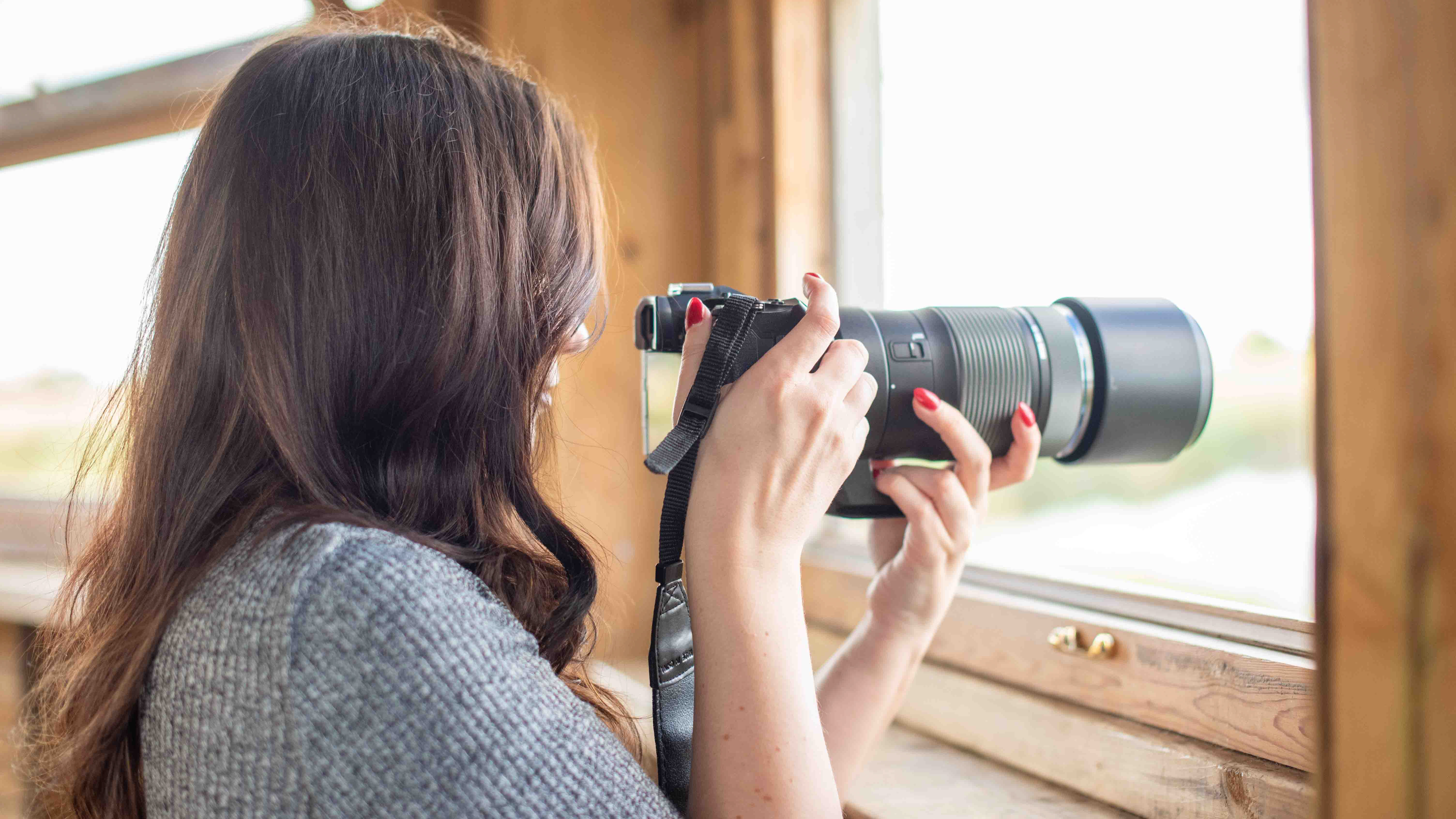
To test lenses for wildlife photography, we test them extensively in the field to assess their real-world performance under typical shooting conditions. We take the lenses out to wildlife reserves, national parks and local woods where subjects range from birds to large mammals. This allows us to evaluate the focus speed and accuracy when tracking moving subjects, as well as the lens's ability to capture fine feather or fur detail.
When assessing the images, we check the sharpness of the image at the center and corners at various focus distances and aperture values. We check for chromatic aberration using high-contrast subjects, like tree branches against a bright sky — which is common in wildlife photography.
As wildlife photography often involves long focal lengths, we test the image stabilization by shooting handheld at a range of shutter speeds to see how well the lens compensates for hand shake. We also test the lens is various light levels, from bright and overcast daylight to the dimmer light levels of dawn and dusk, to evaluate how well the lens performs in low light.
Get the world’s most fascinating discoveries delivered straight to your inbox.
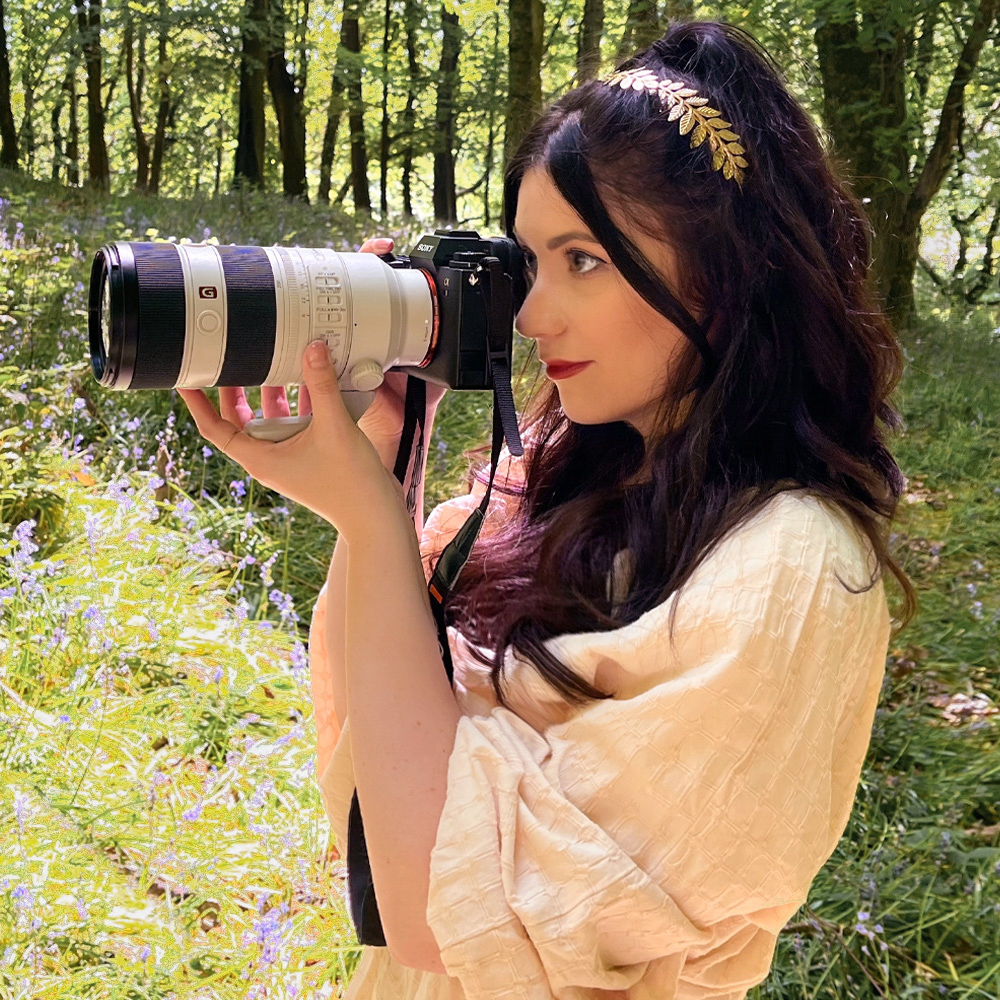
Kimberley Lane, E-commerce writer for Live Science, has tested a wide range of optical equipment, reviewing camera gear from Sony, Canon, OM System and more. With over 6 years of photography experience, her skills span across landscape and seascape photography, wildlife, astrophotography and portrait work. Her photos have been featured in a number of national magazines, including Digital Camera World and Cosmopolitan. She has also contributed to our sister site Space.com and Tech Radar, and she regularly uses binoculars and telescopes to stargaze in the dark skies of South Wales.
